December 6, 2020
Martha O'Kennon
No flowers! But as R.L.Stevenson would say, "Sing a Song of Seasons, Something bright in all: Flowers in the Springtime, Fires in the Fall. So no flowers, but here is the little Red Oak Tree in as much redness as it ever gets. Double-click on it to see the sun coming through the leaves. Next, the Epimedium is at its red peak, but the Hellebore that mingles with it is still bright green. The Bittersweet will stay as it is for some time.
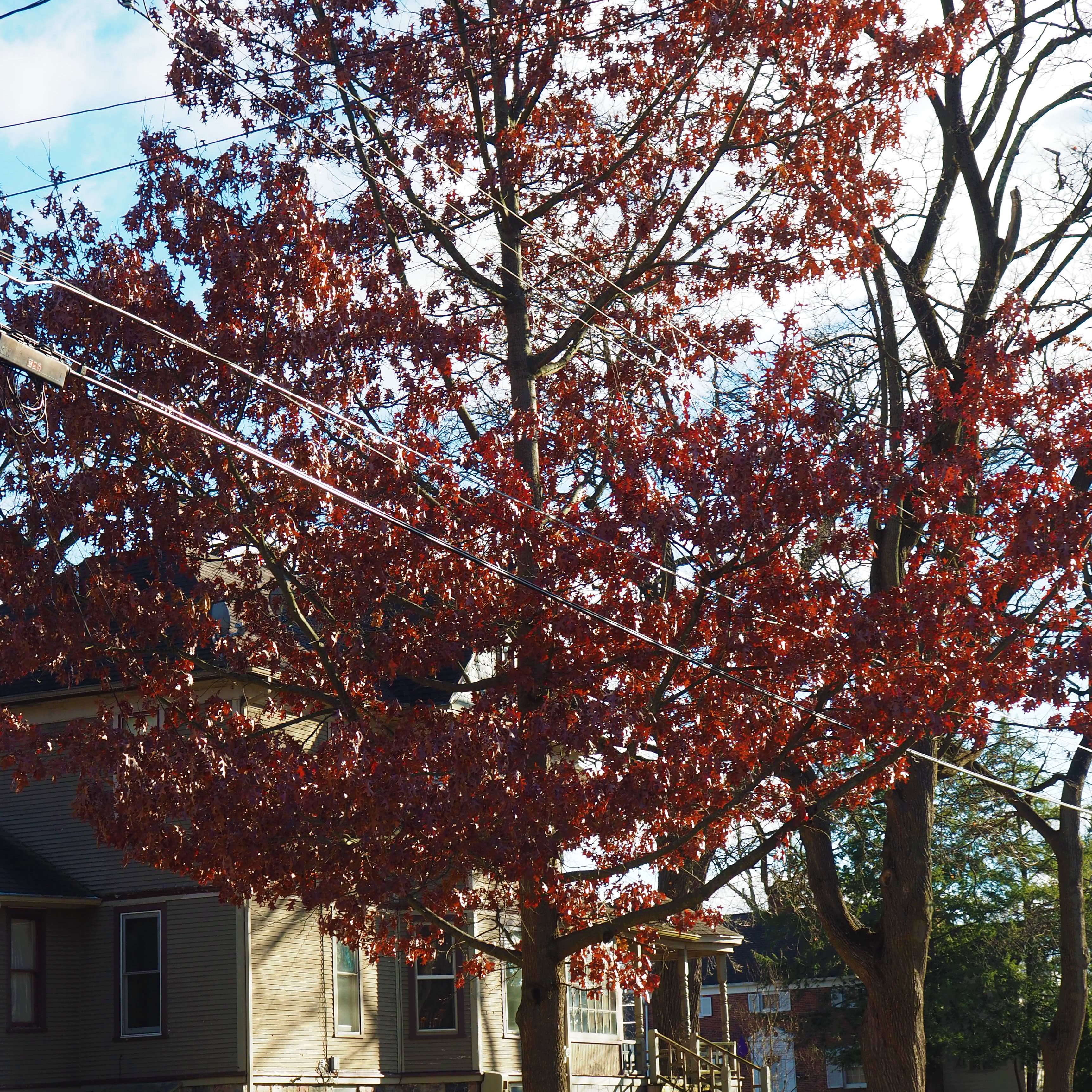
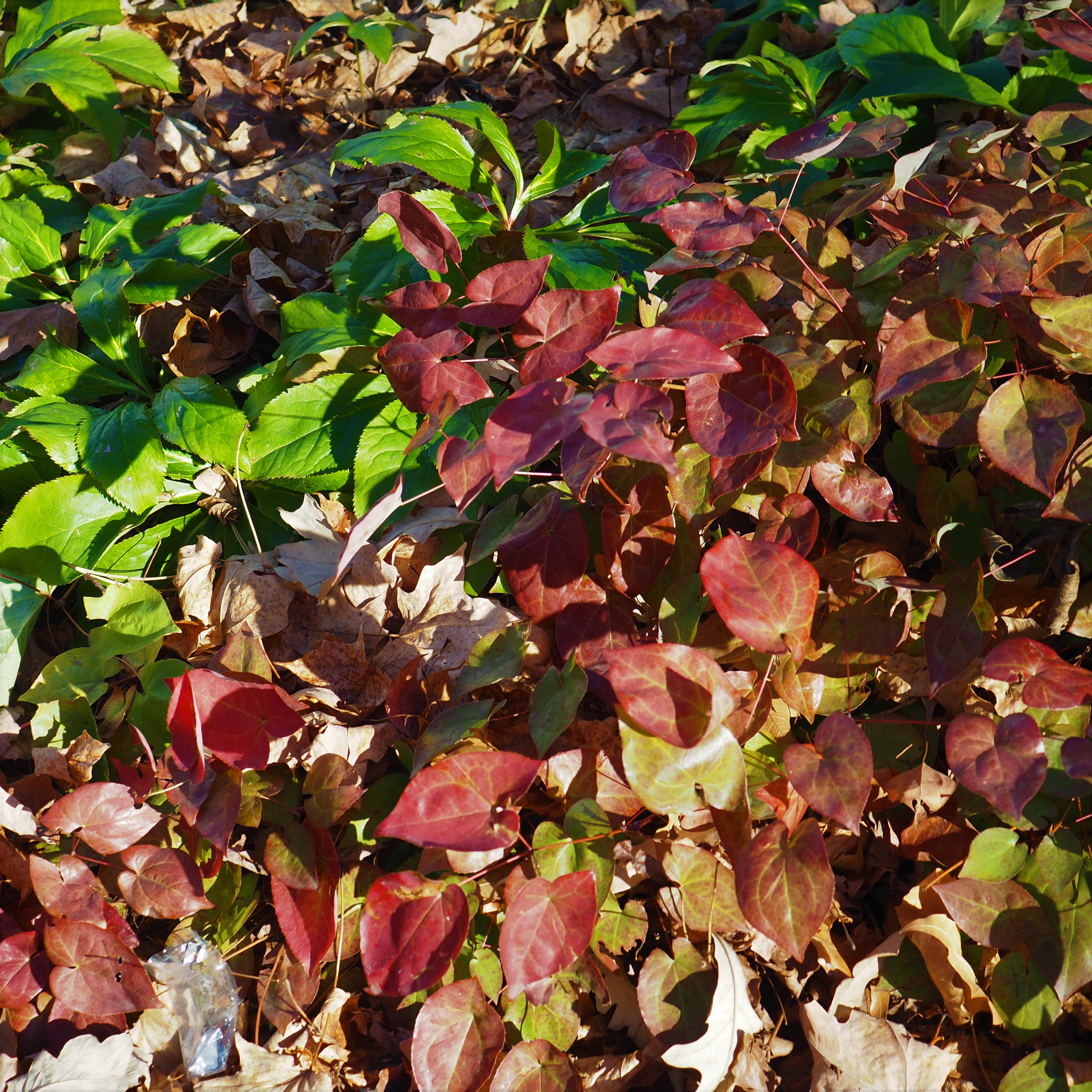
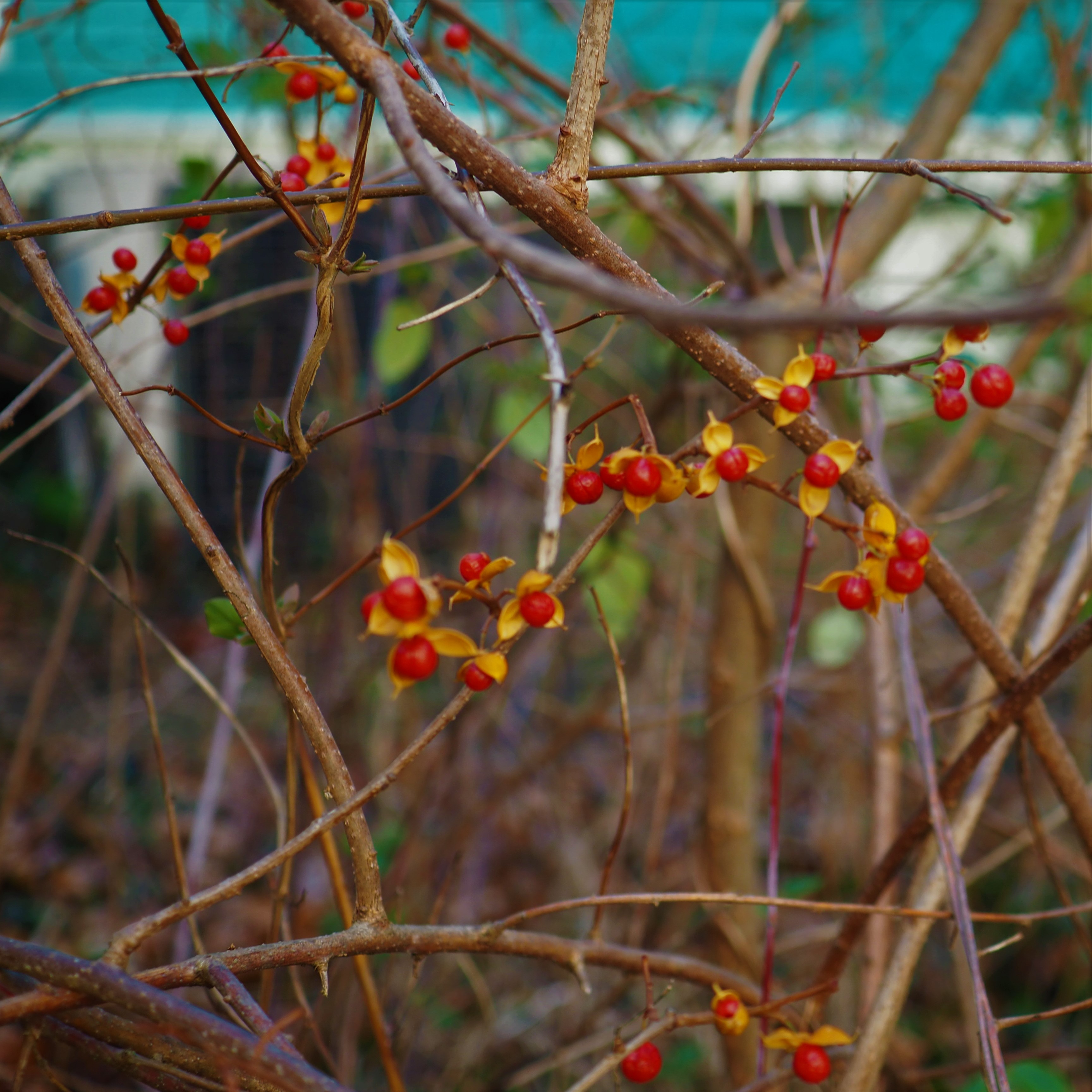
Remember that there is information in the name of the file for each image. You can see it by mousing over the image - look at the lower left of the screen. Or you can click on the image to get to the (usually) larger image. Then the info is displayed in the address line above. Sometimes the second click will actually display a different view of the original image.
The Ants were dominated as usual for this time of year by the Small Honey Ants (pictures 1 and 2). But the red patch on the second segment shows number 3 is a Smaller Carpenter Ant.
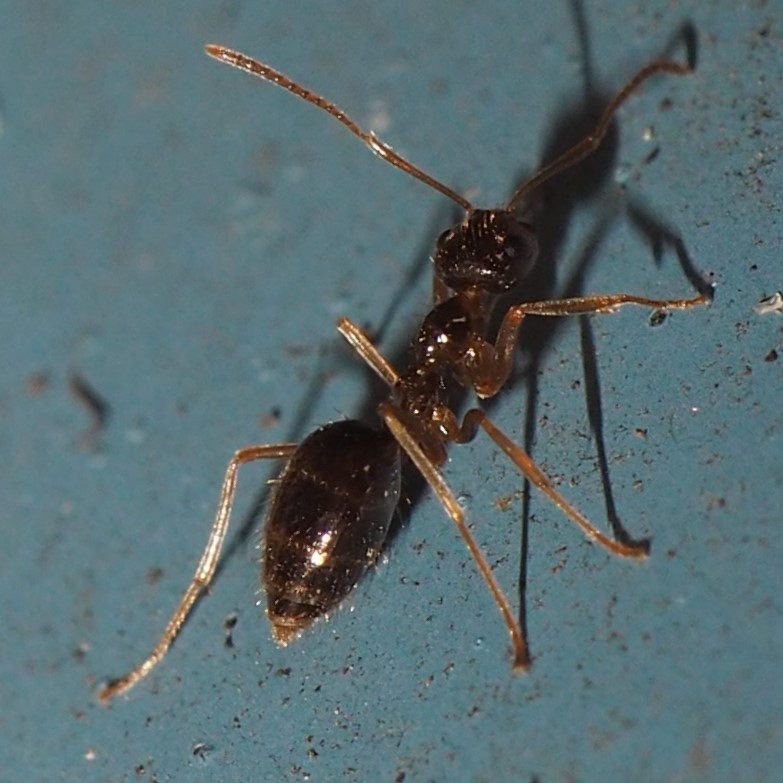
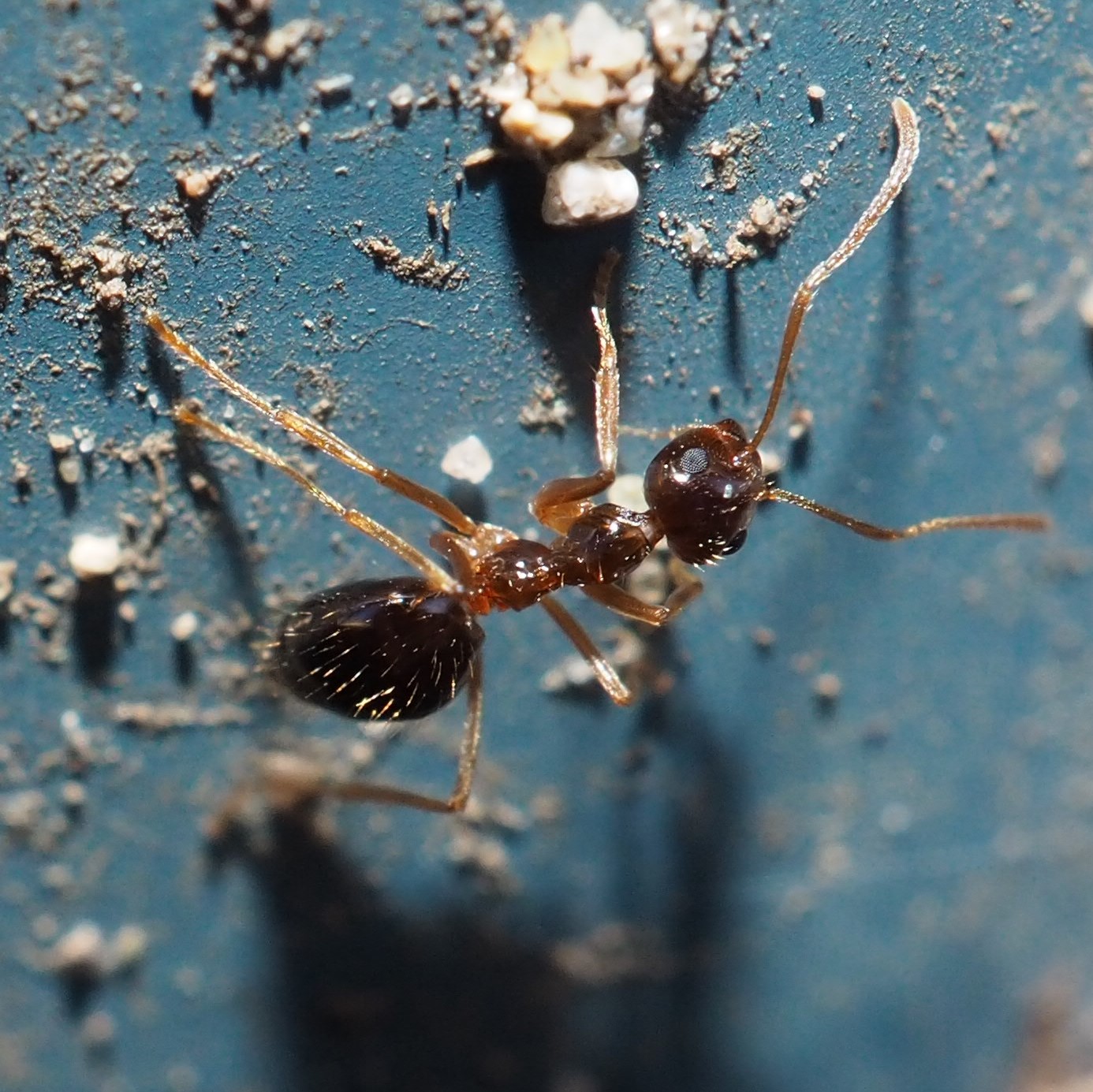
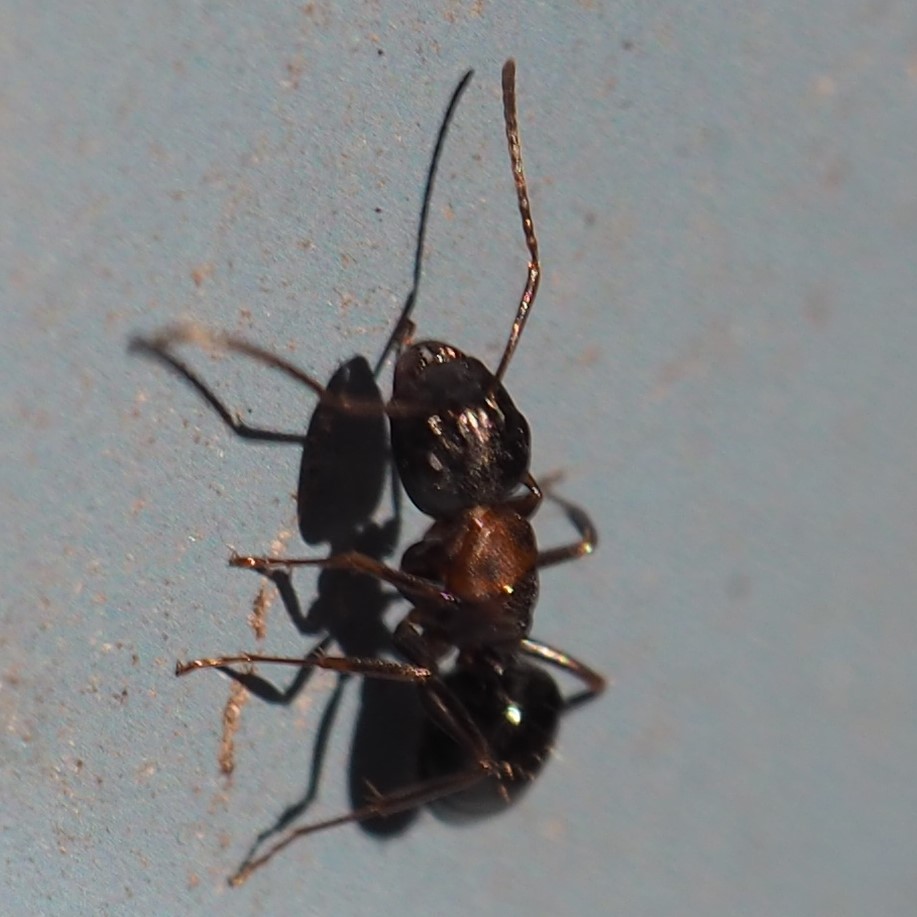
The Barklice are also mostly Graphopsocus cruciatus these days (pictures 1 and 2). But a yellow-orange one is out there. I don't think it is the other Barklouse that is still out there this time of year, Valenzuela flavidus. I have a feeling, although nobody from iNat has seconded it, that this one may be Valenzuela pinicola. I do think that these two were the only Barklice species I have seen this week. Last year at the beginning of December there was only G. cruciatus on the Wall.
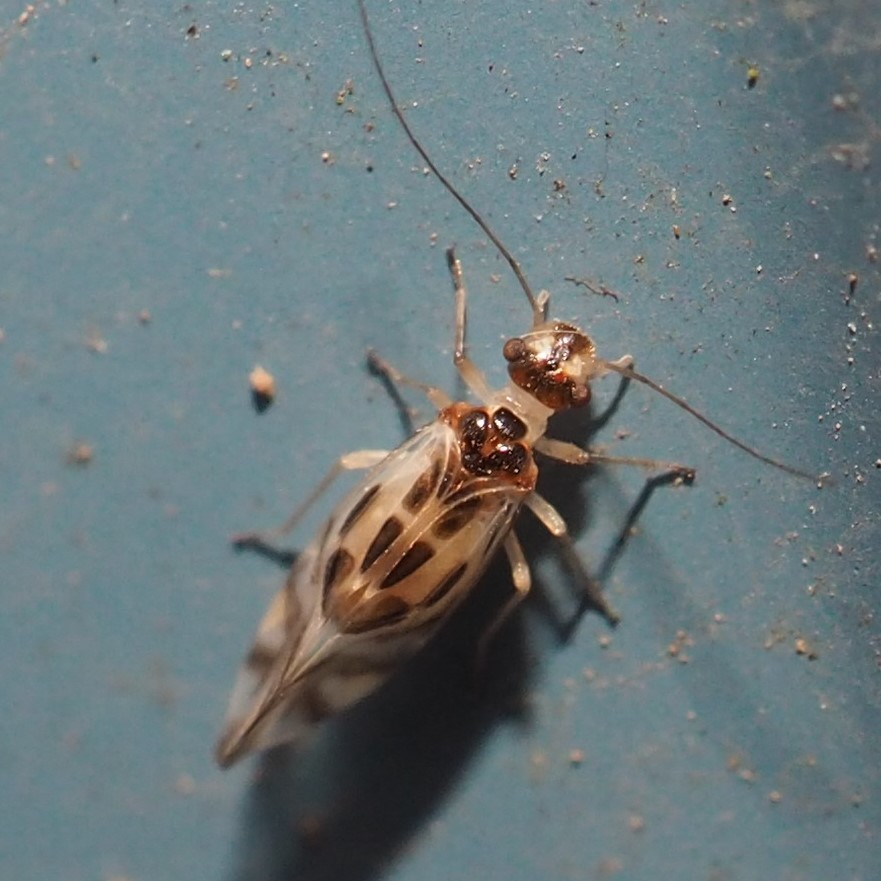
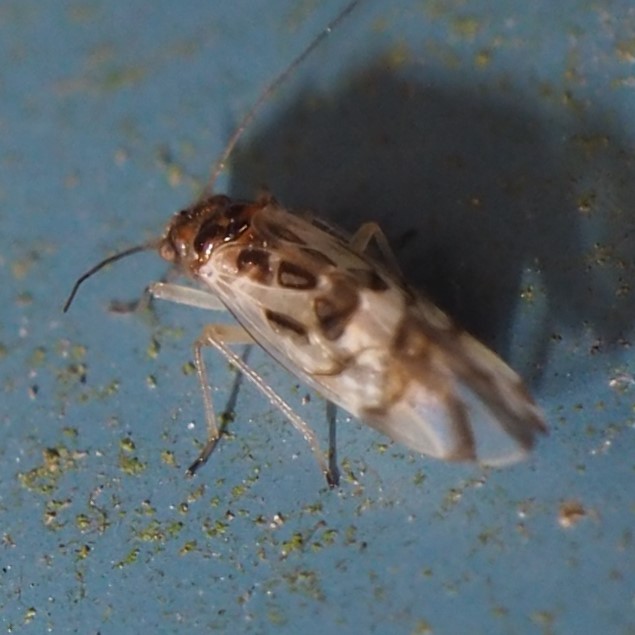
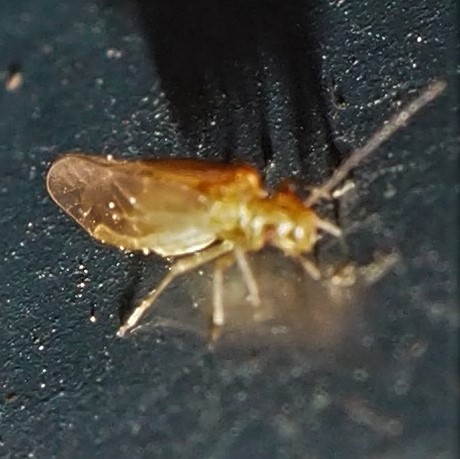
We did beat last week's record of no Beetles. There was this lovely fat Asian Lady Beetle, and then this very attractive Rove Beetle (pictures 2 and 3).
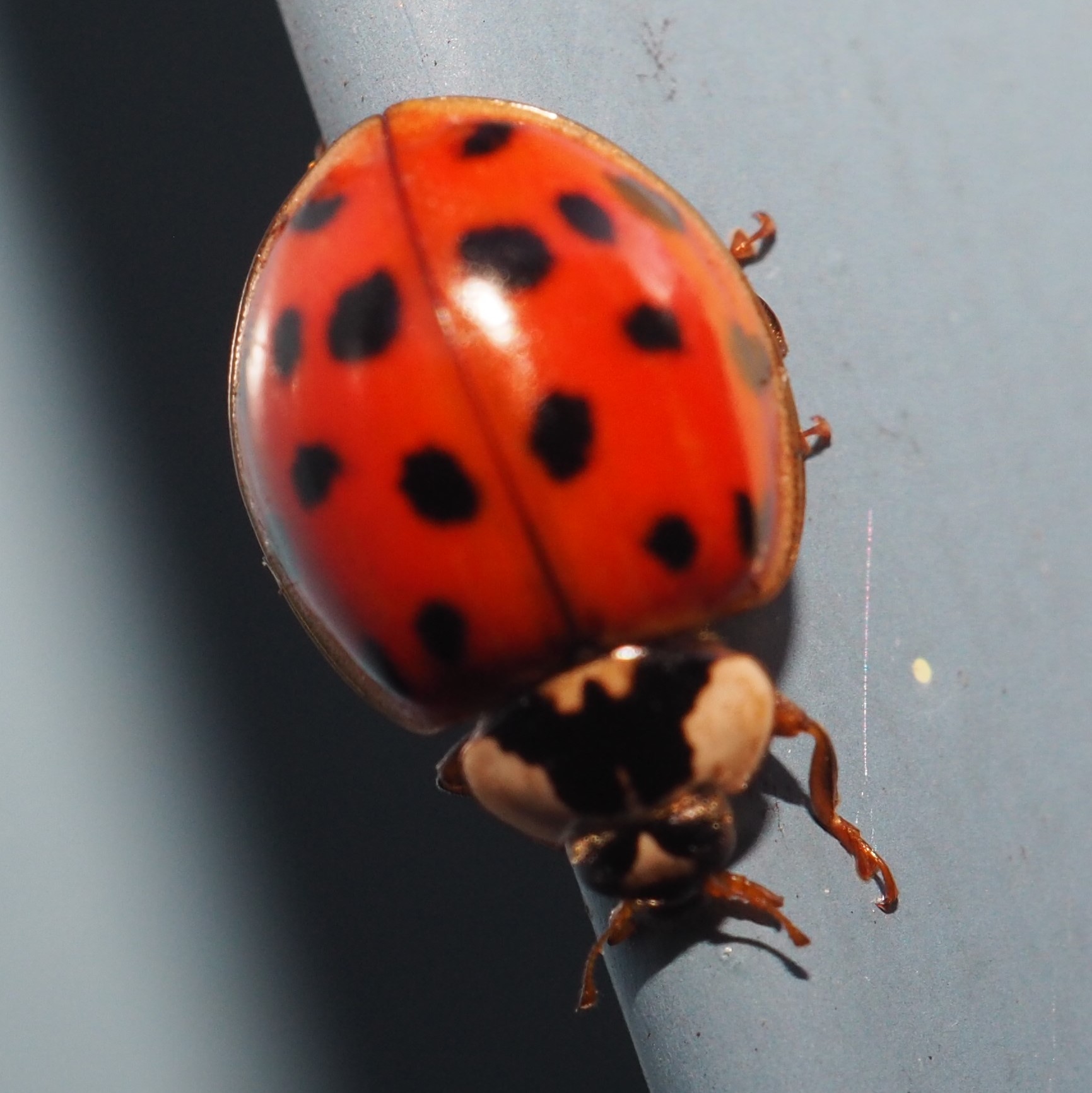
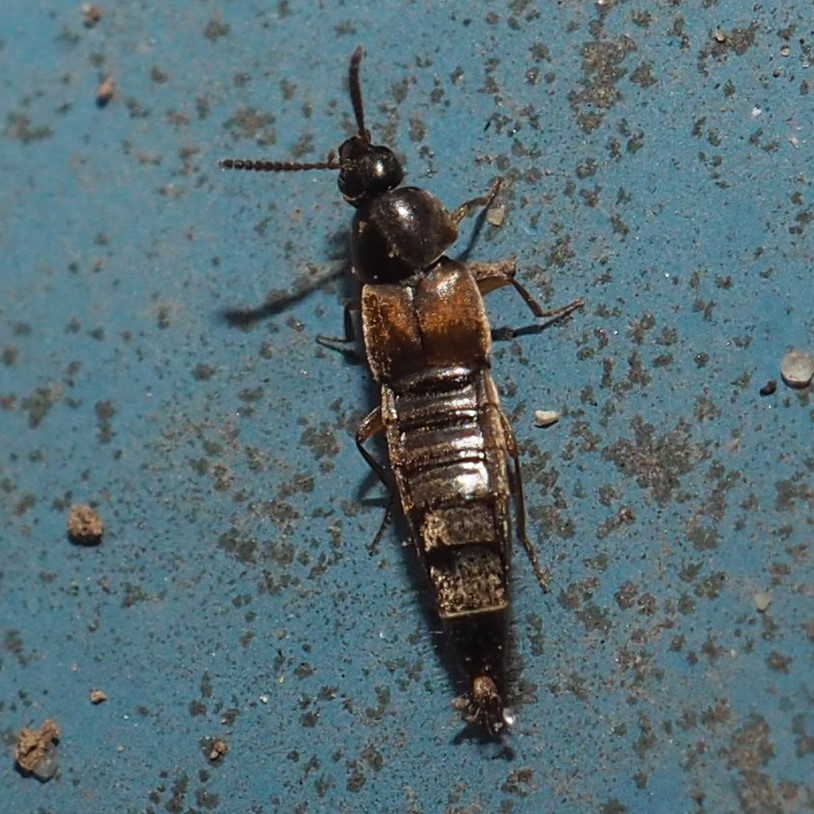
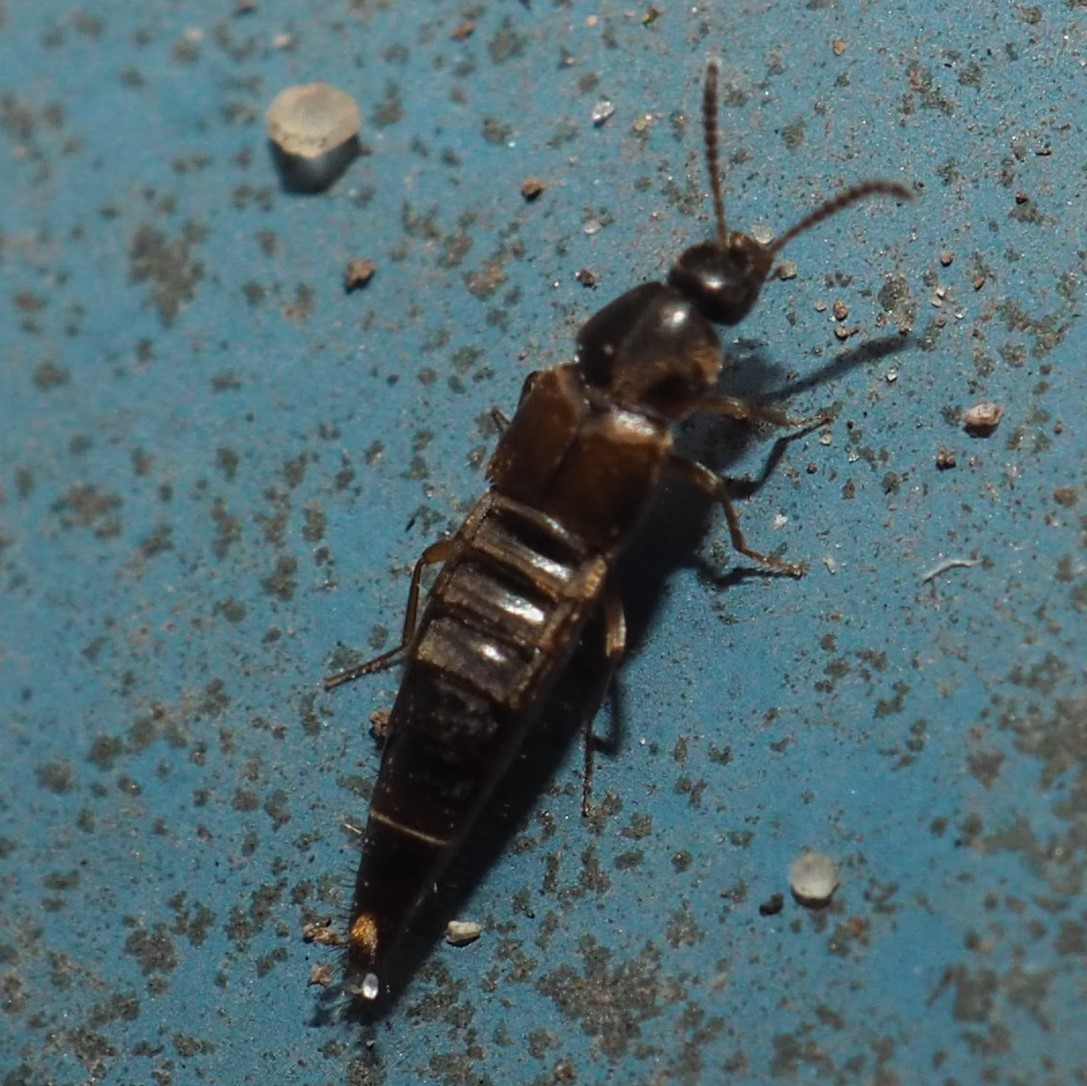
Our winter specialty, Drymus unus, the dirt-colored Seed Beetle, came out to say hello almost every day this past week.
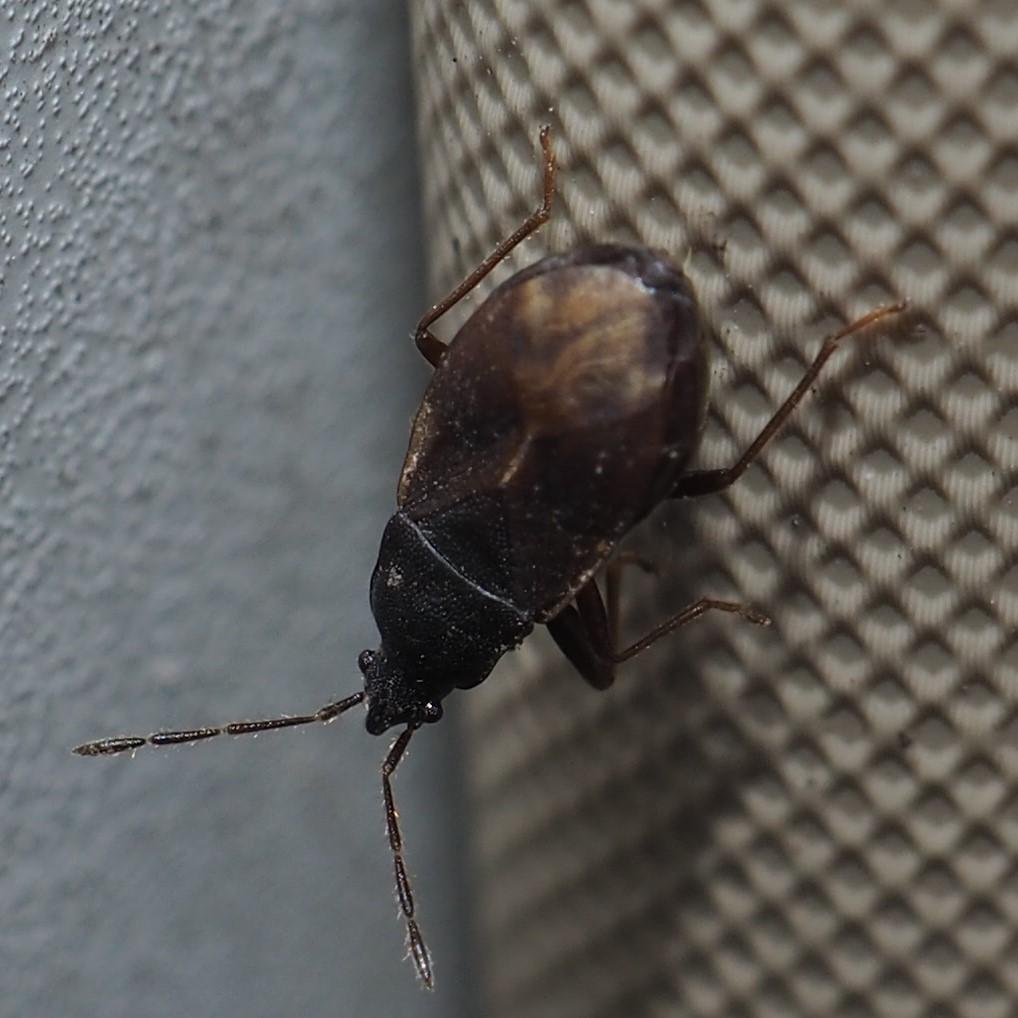
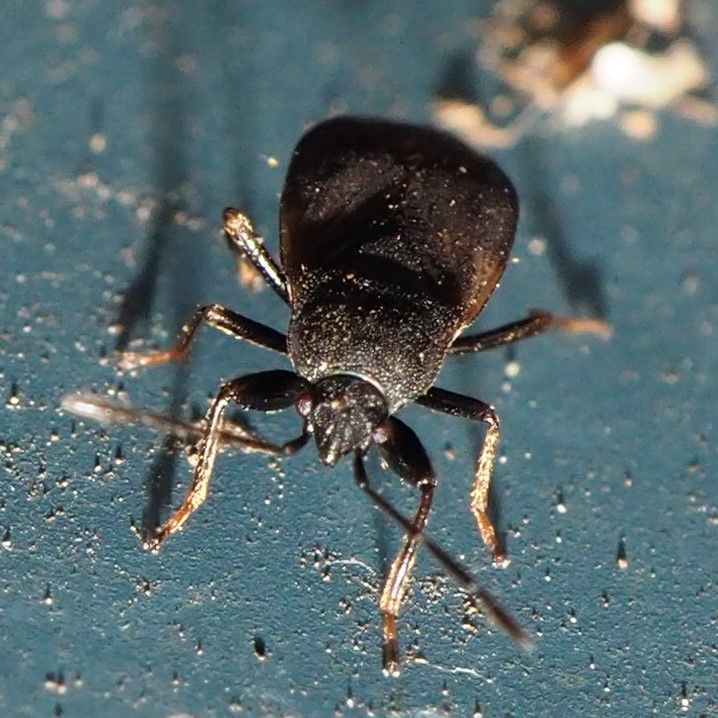
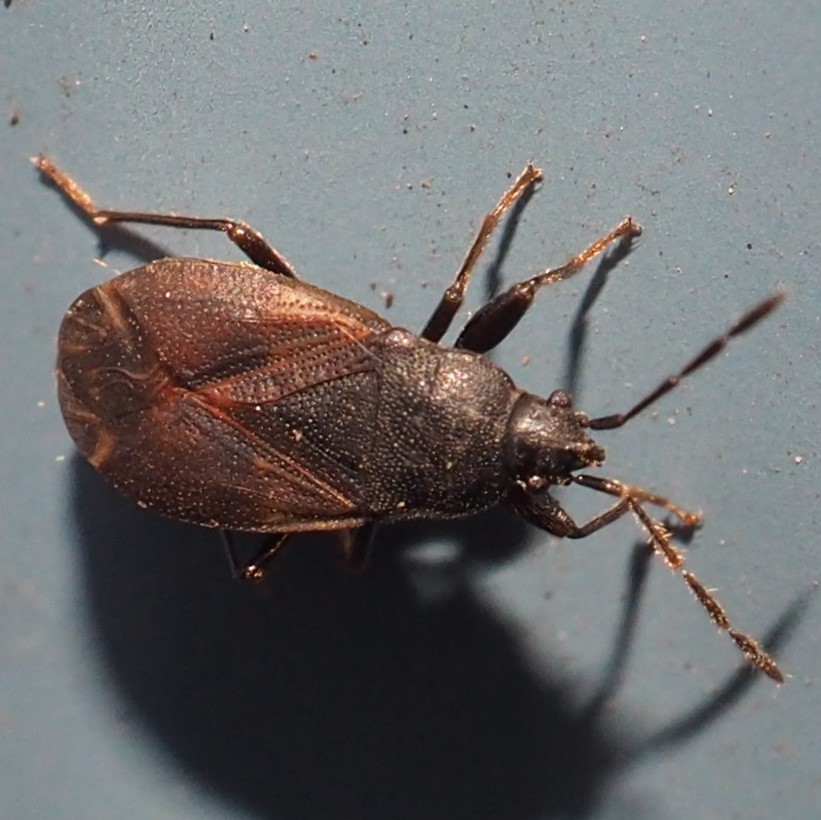
The Case-bearers were walking around a lot less this past week, as opposed to several weeks in which there were at least a half-dozen of them some days. The old bagworm cases are still there, glued to the wall. This last picture looks to me to contain some kind of eggs, no clue whose. I'll try to keep an eye on them.
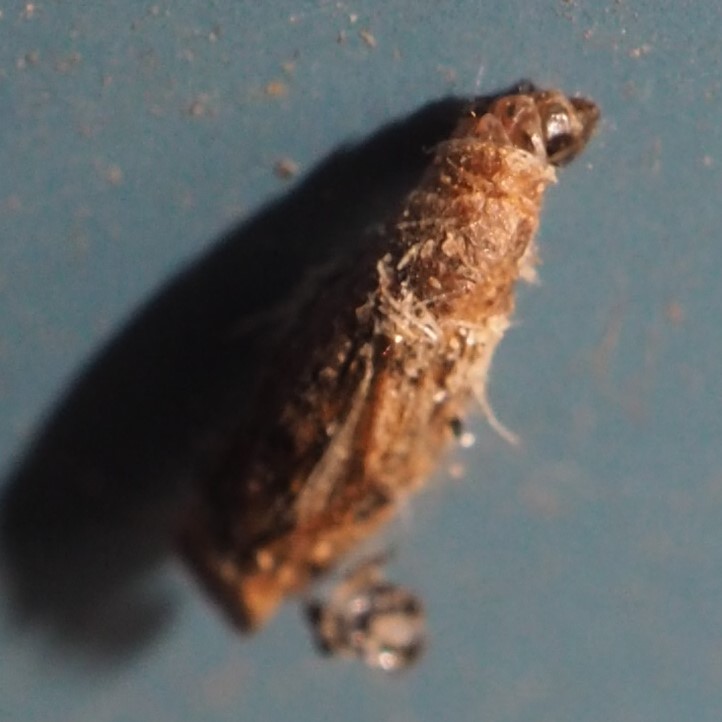
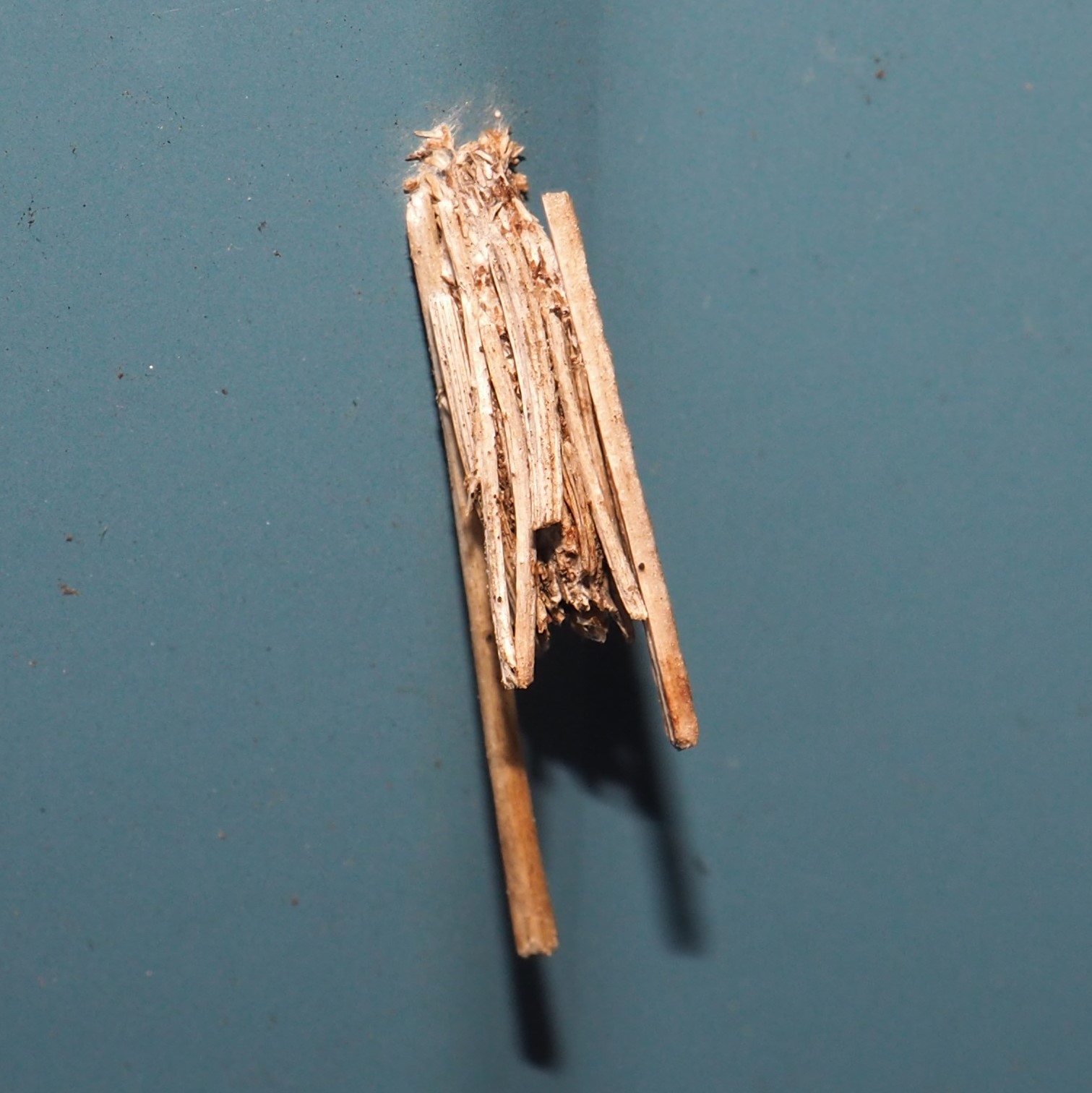
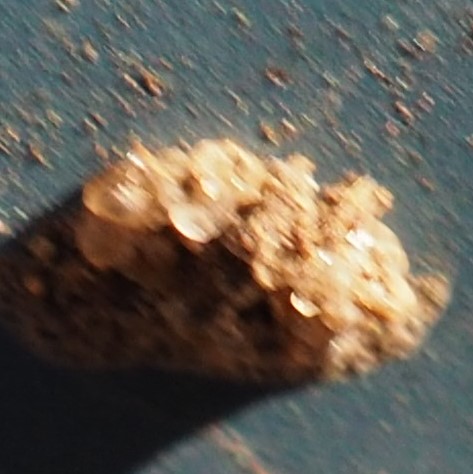
There are still several kinds of Crane Flies, most of which are hard to identify to species.
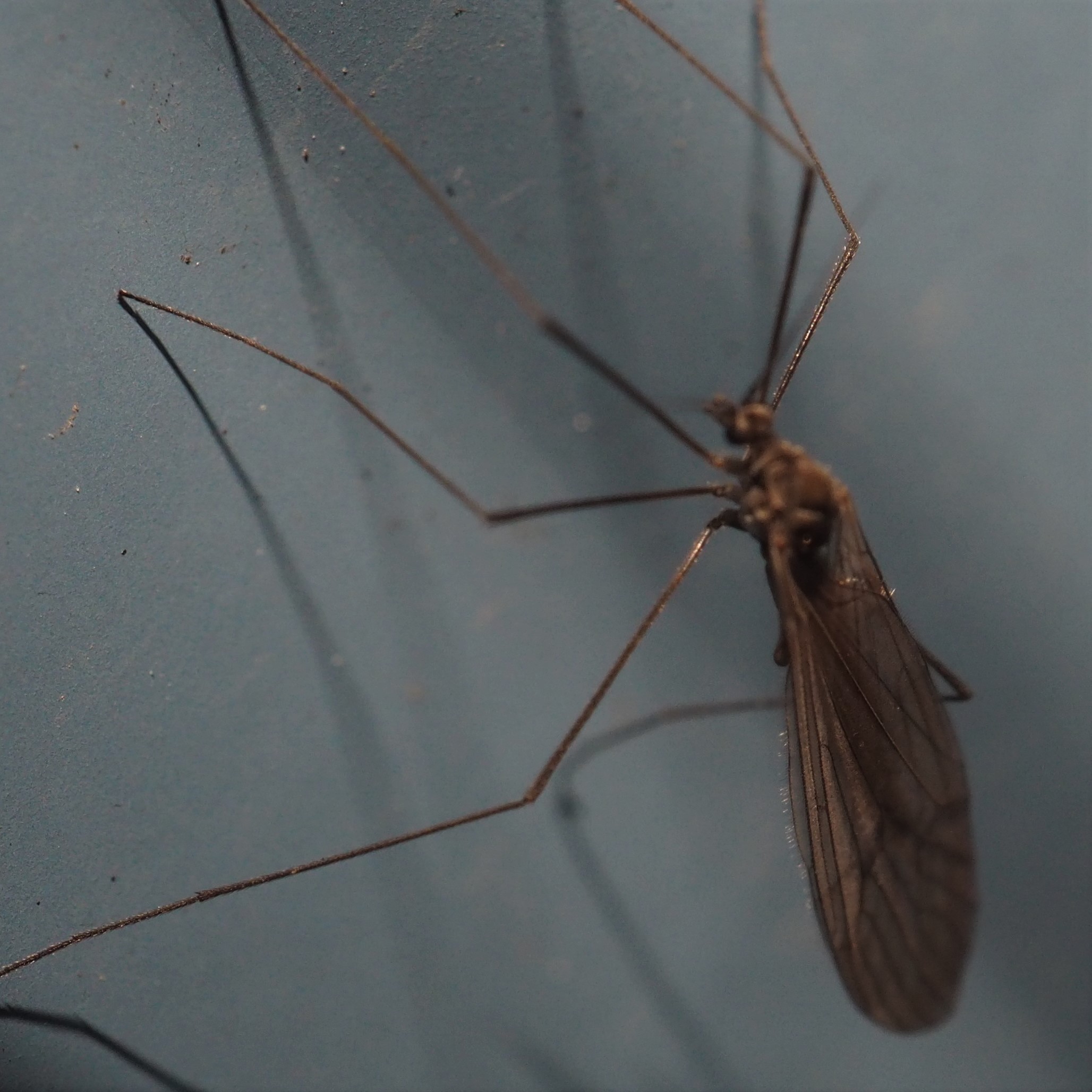

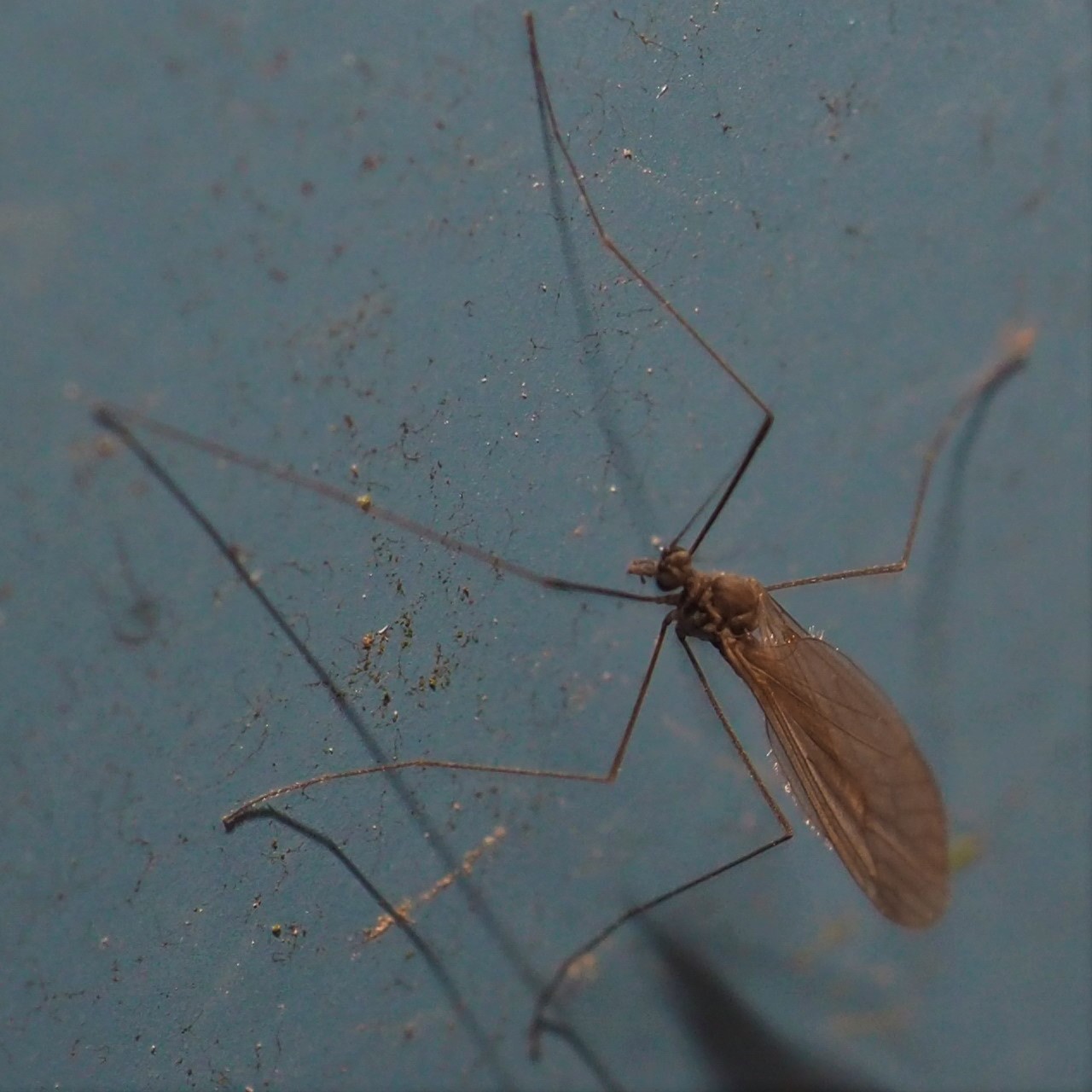
These look like several kinds of Gall Midge to me because of the delicate antennae.
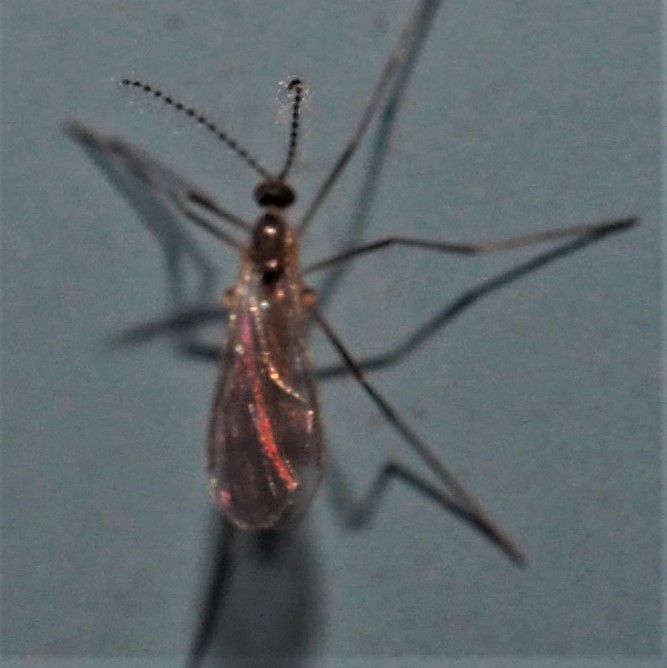
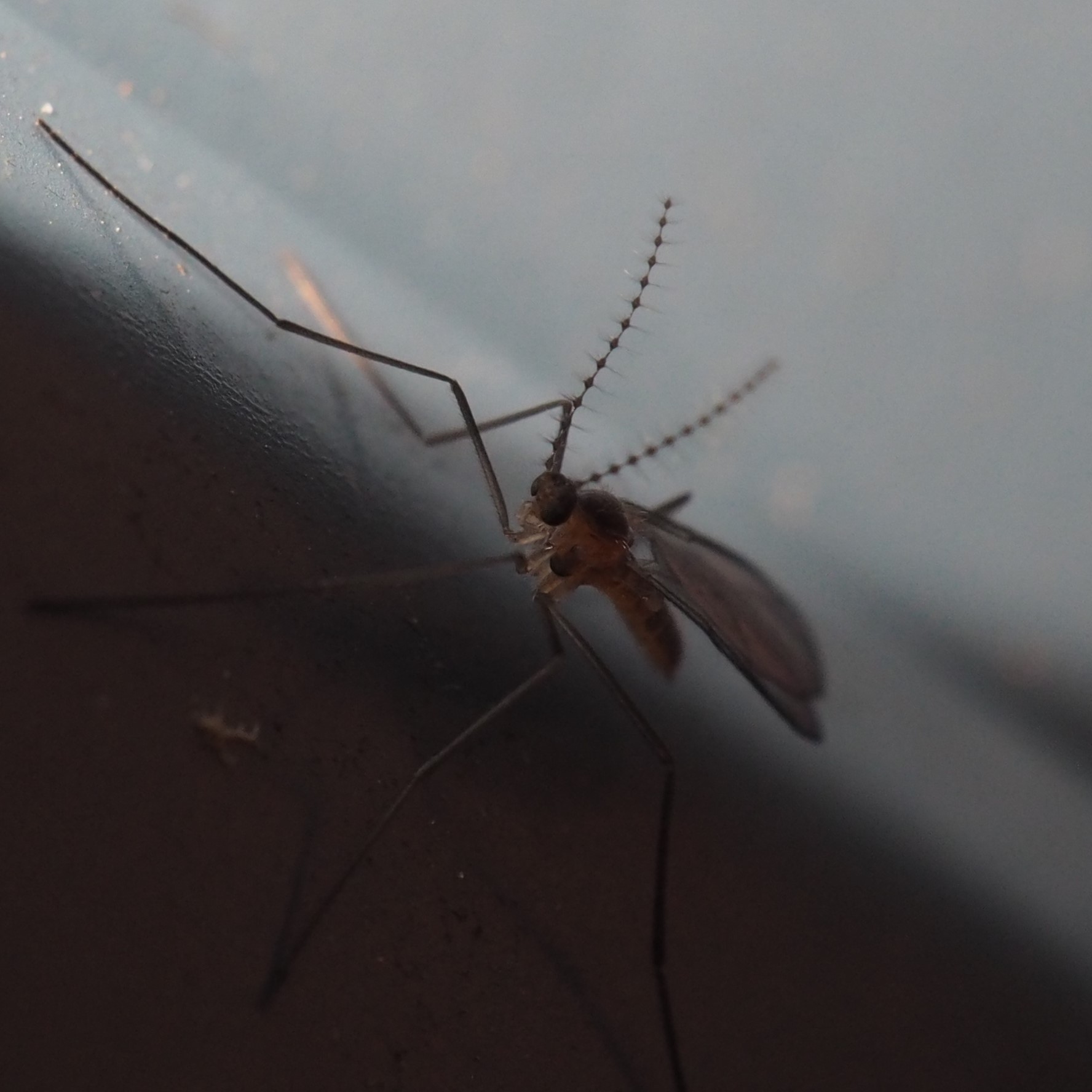
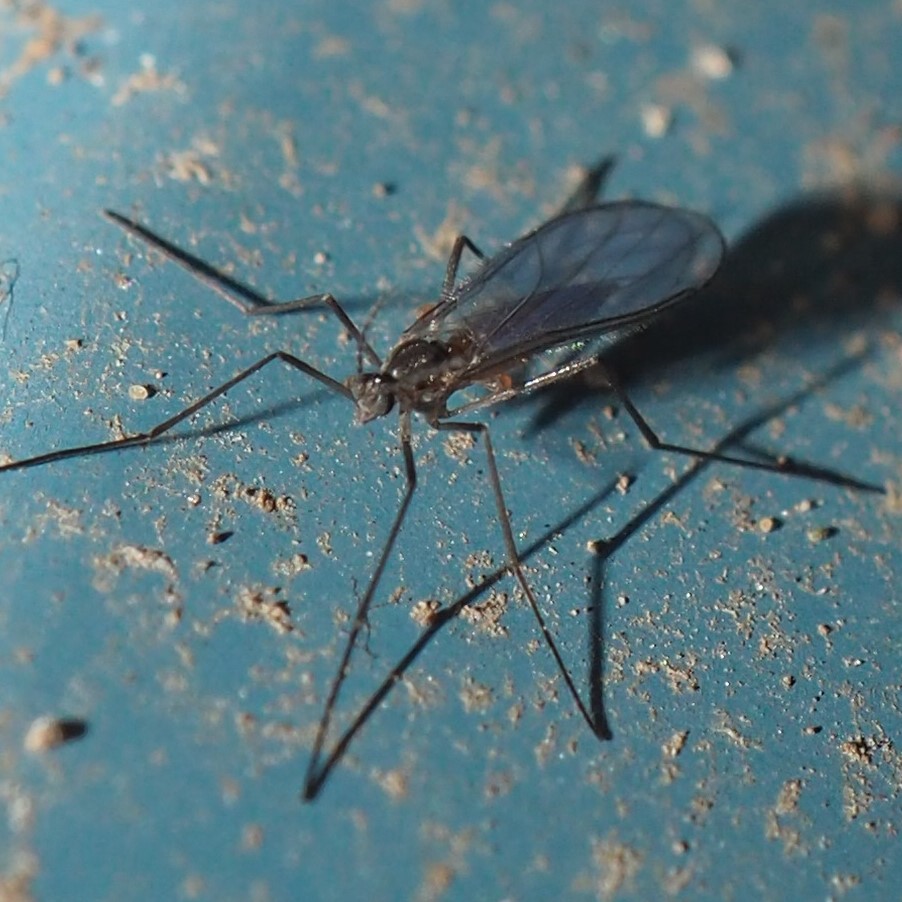
Here is a Non-biting Midge, a close relative of the Mosquitoes. I don't know what the next one is, but I admire its sturdy stance. Third is a slightly bigger Fly, also not identified. It has some of the sharp prongs on its leg joints like the Fungus Gnats.
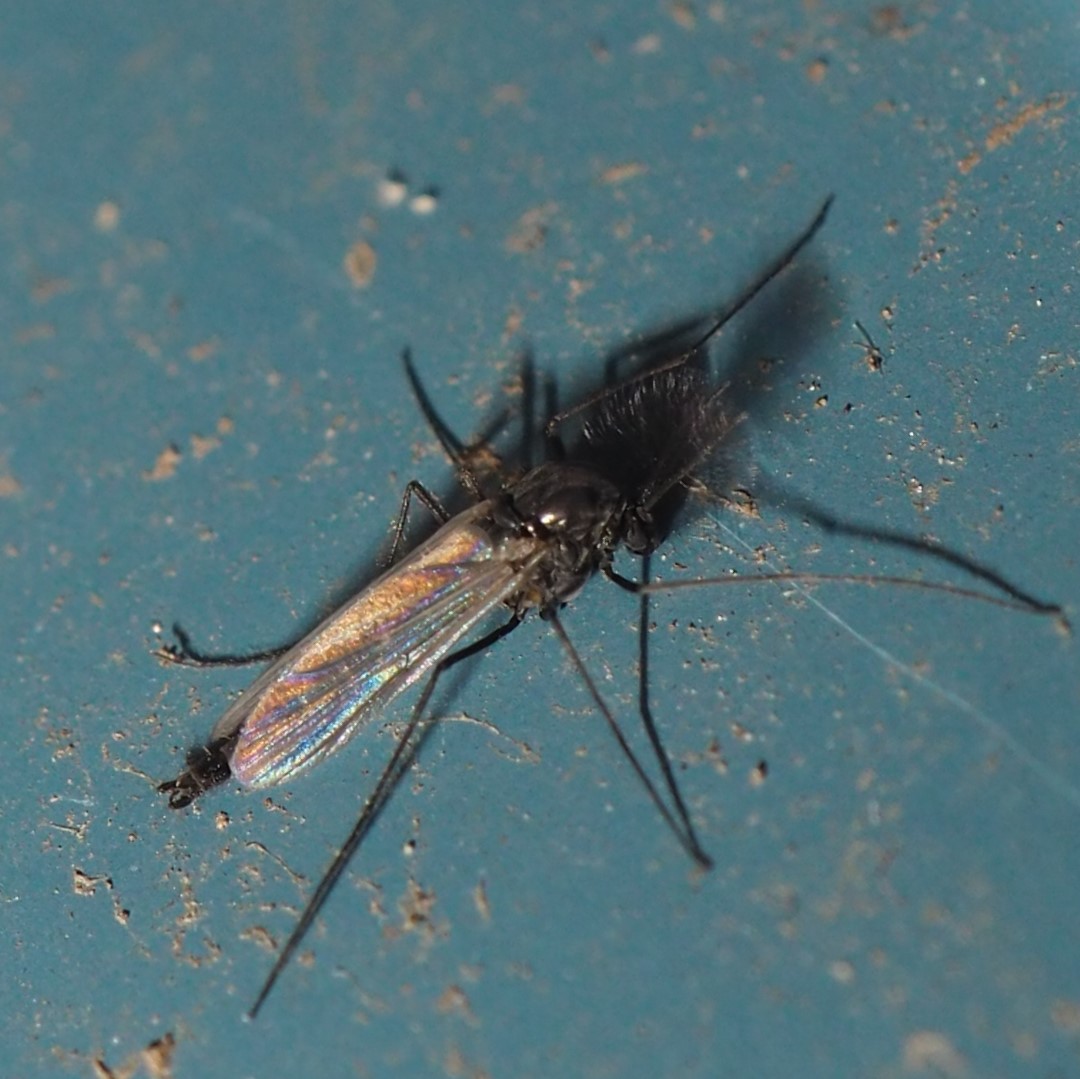
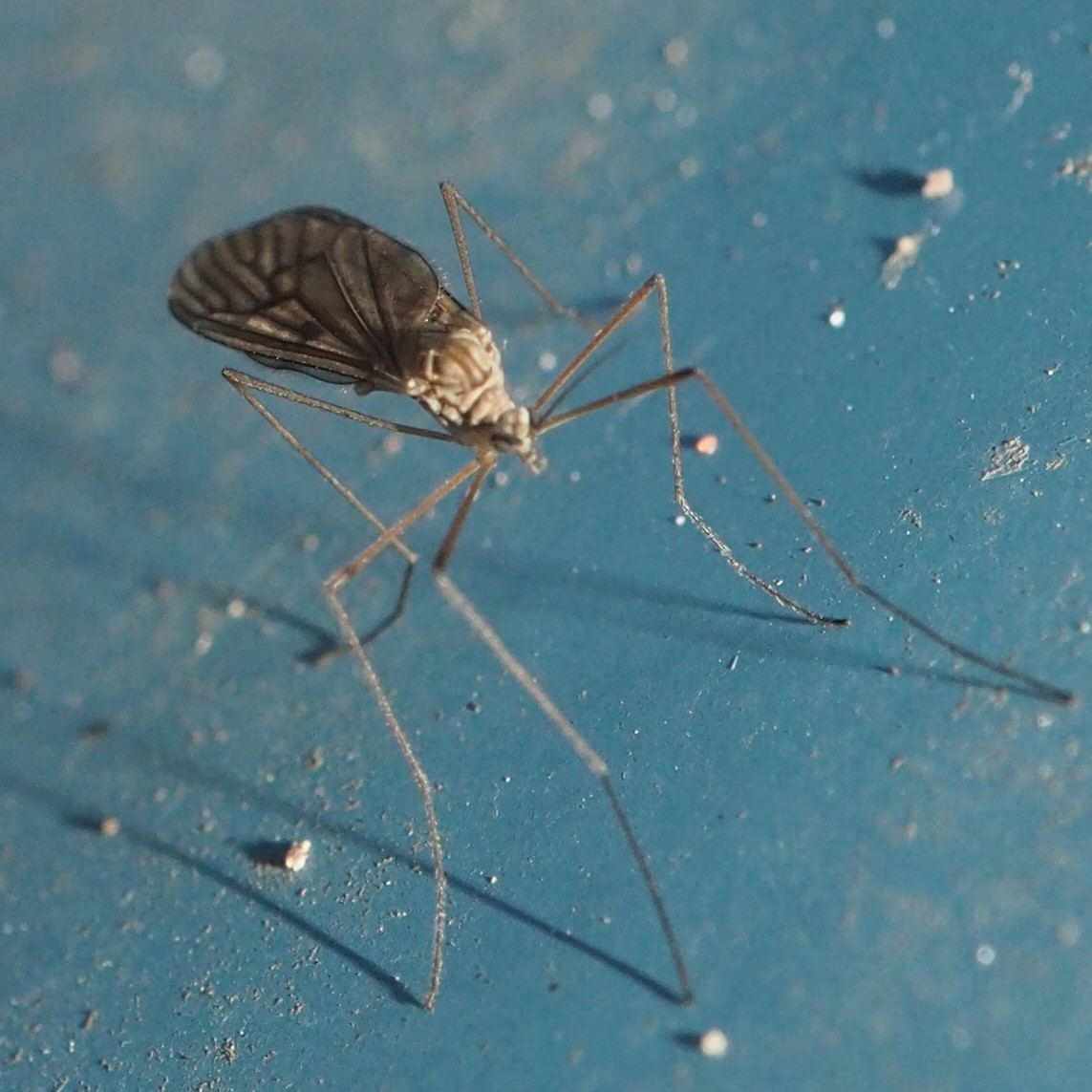
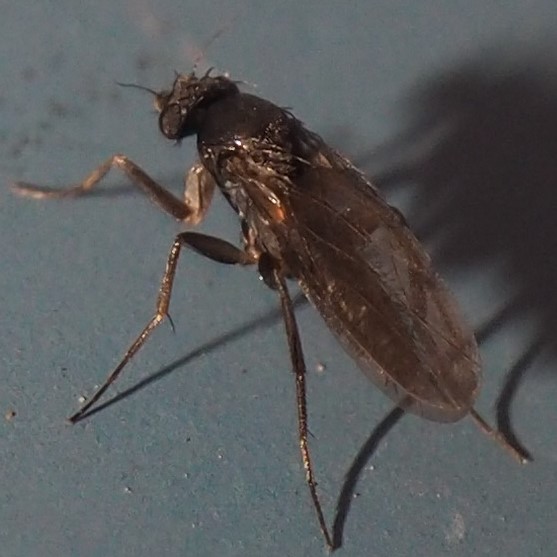
The Harvestmen are still standing. I think they are all Eastern Harvestmen. The middle one doesn't have the dark ornament but it may be a difference in age (it may be a juvenile).
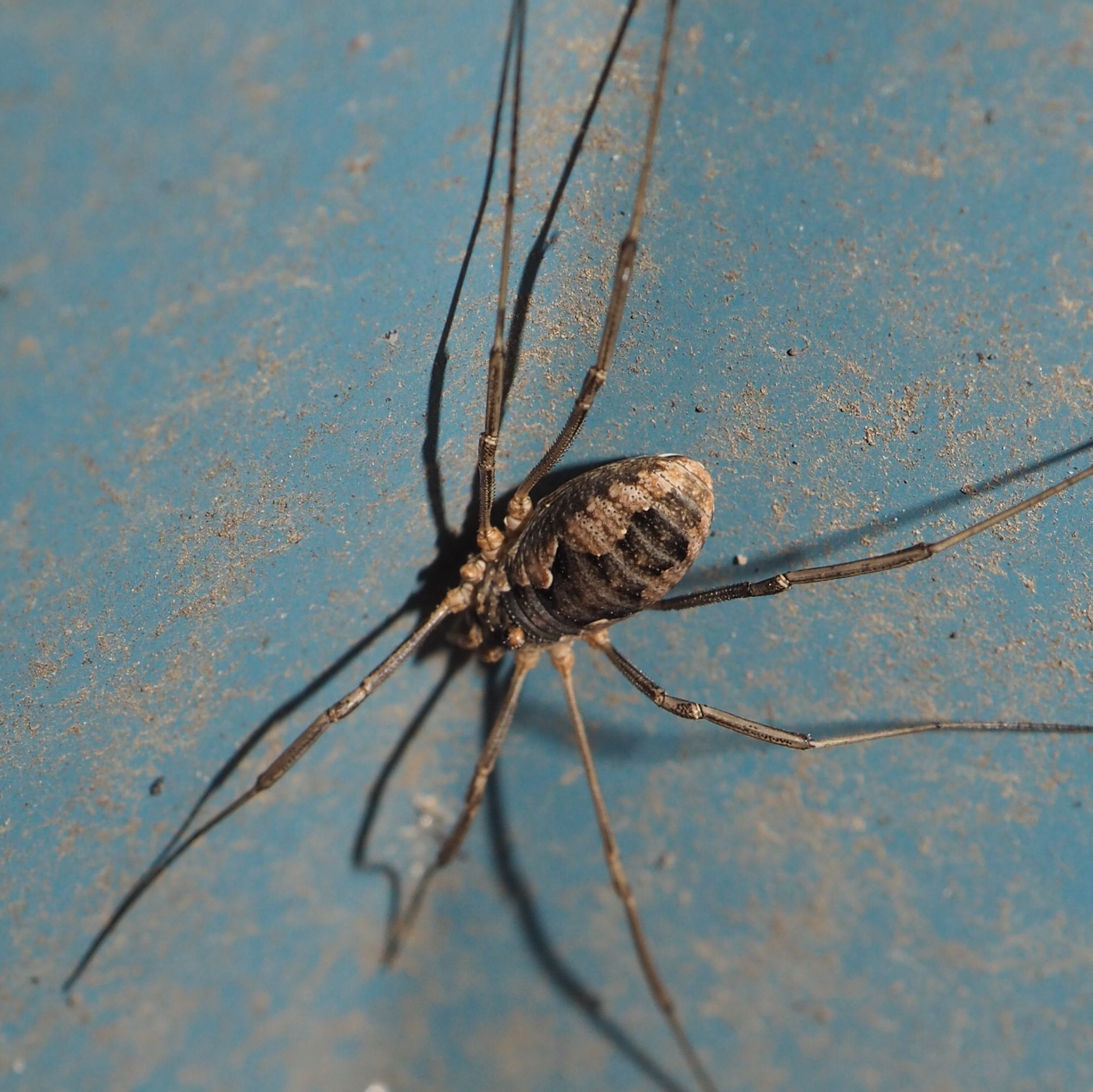
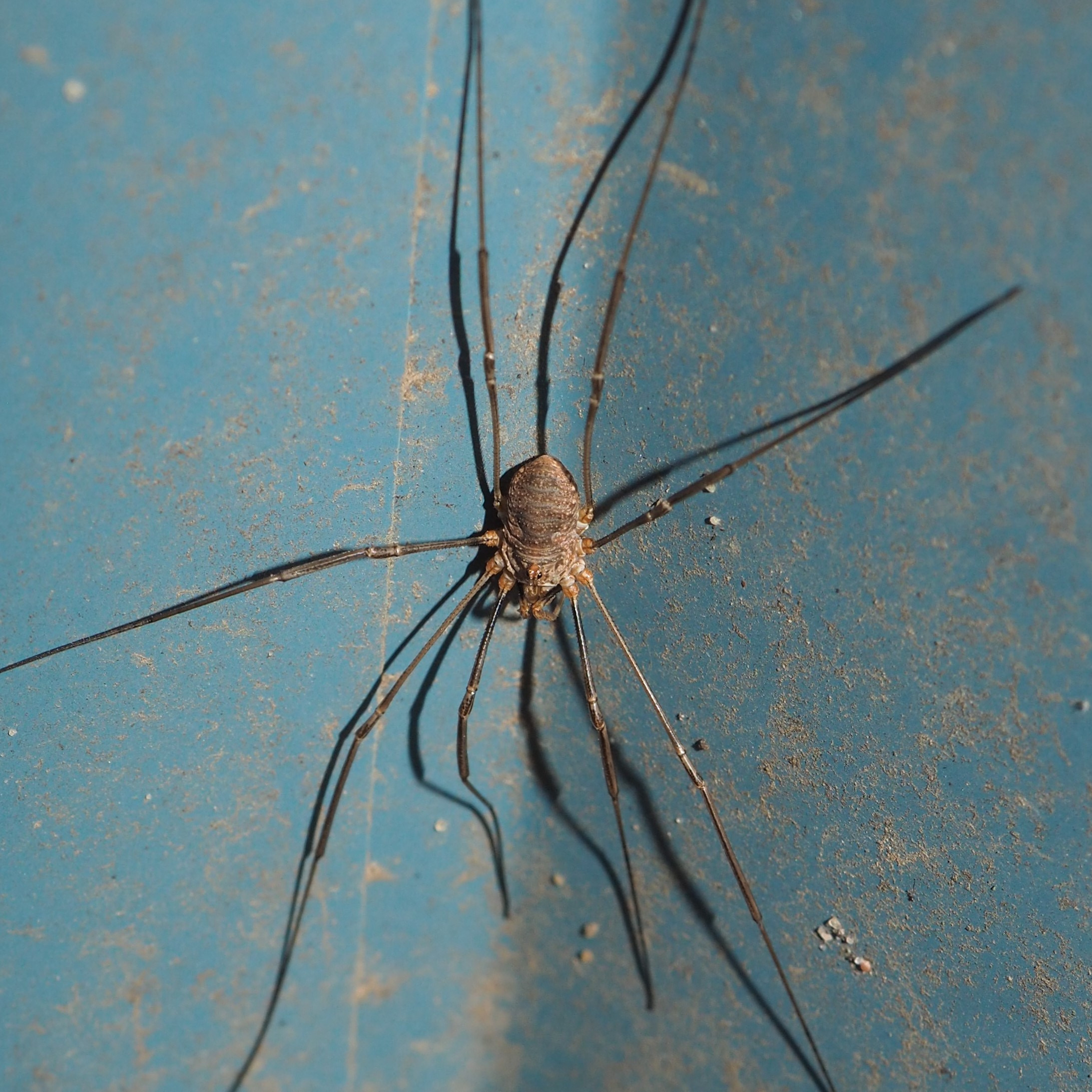
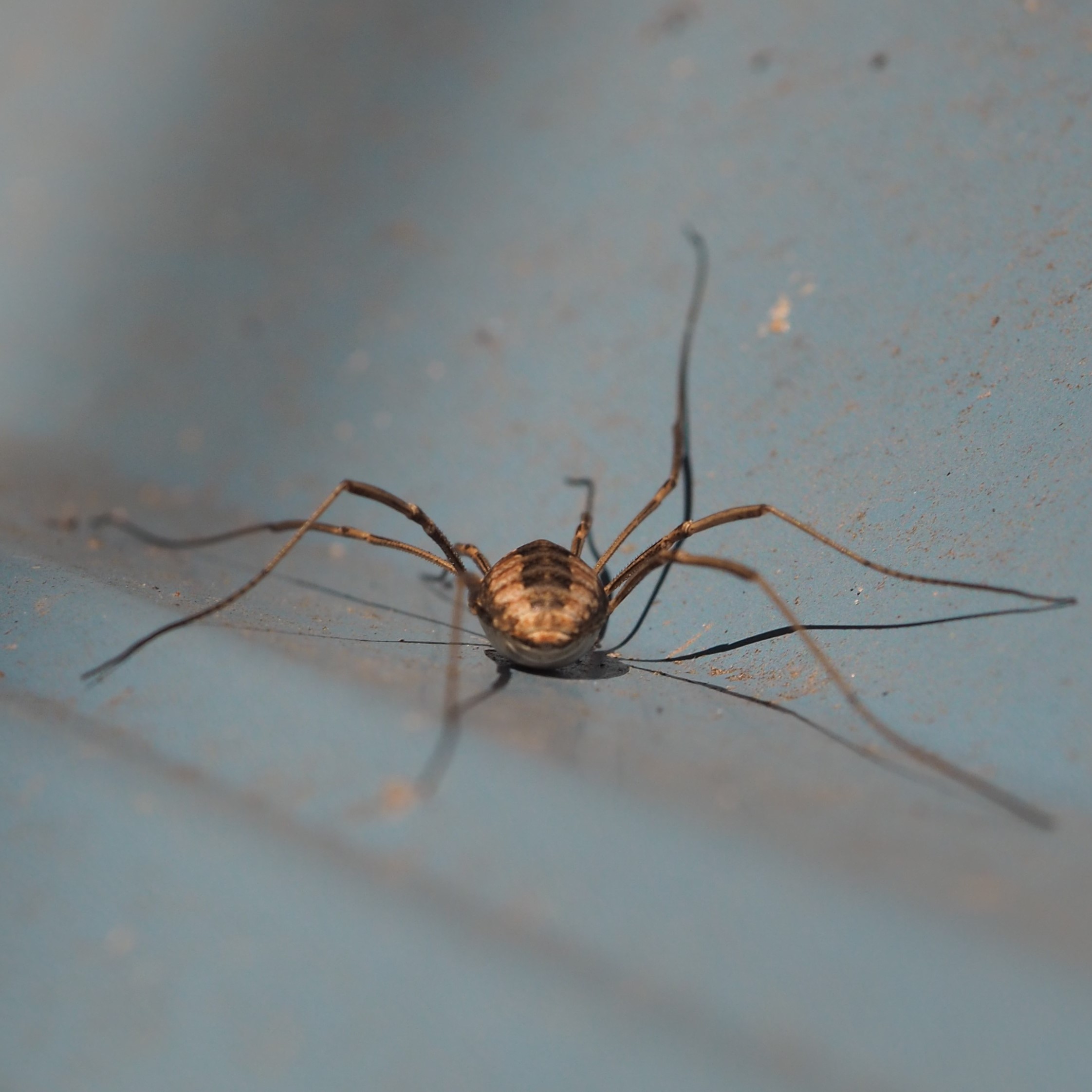
This Spider kept jumping out of my line of sight. I would have sworn it was a Jumping Spider, but it was only a jumping Spider. The ID app called it a Thin-legged Wolf Spider. Certainly its eyes look more like a Wolf Spider's. But what a performance. I think it was jumping at the end of a short line of silk.
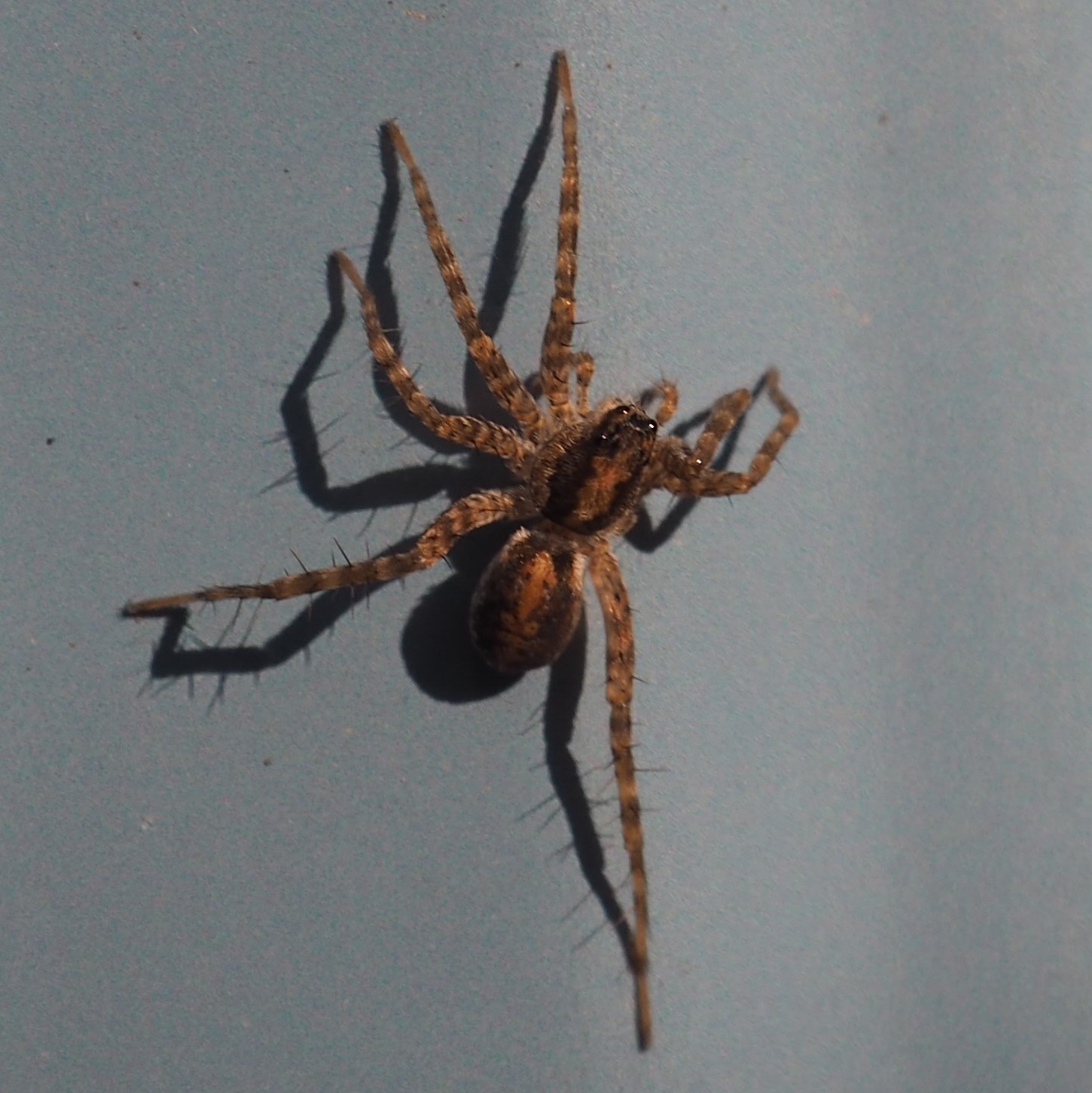
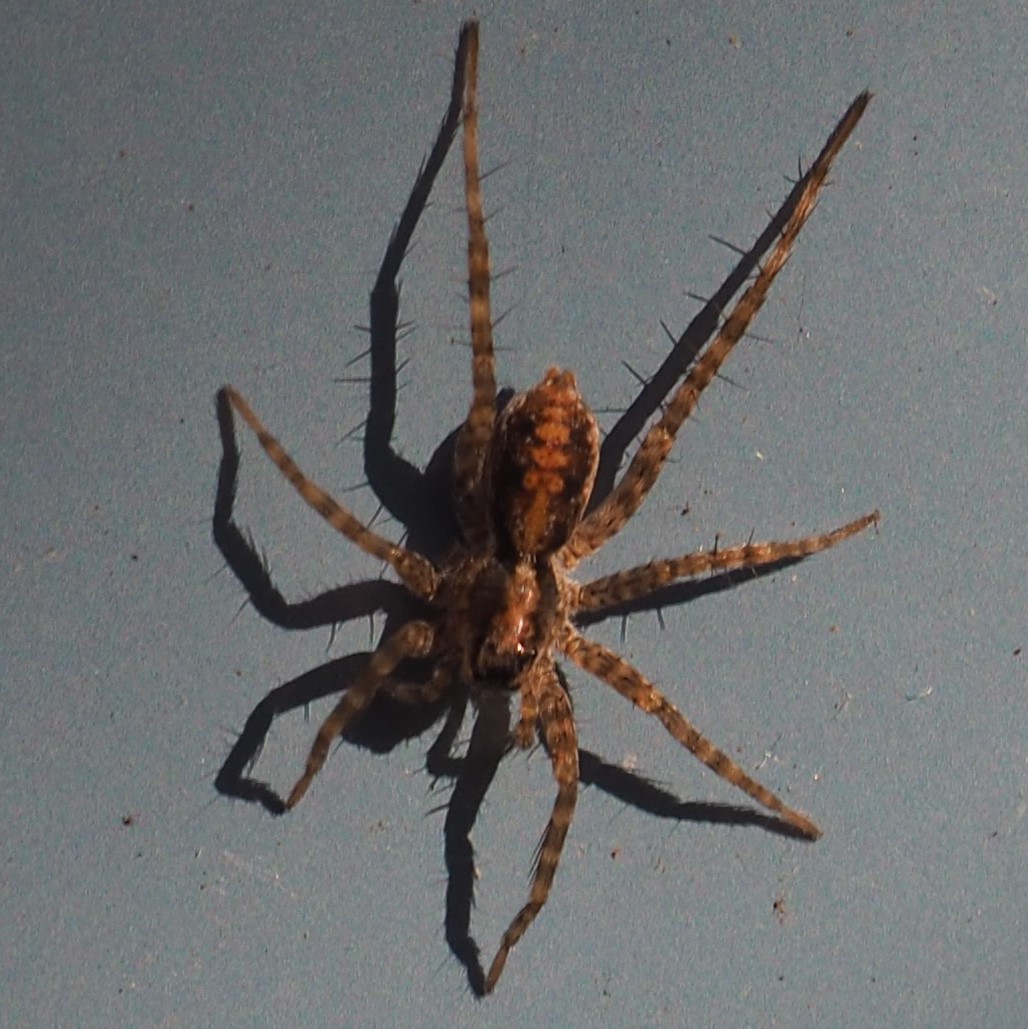
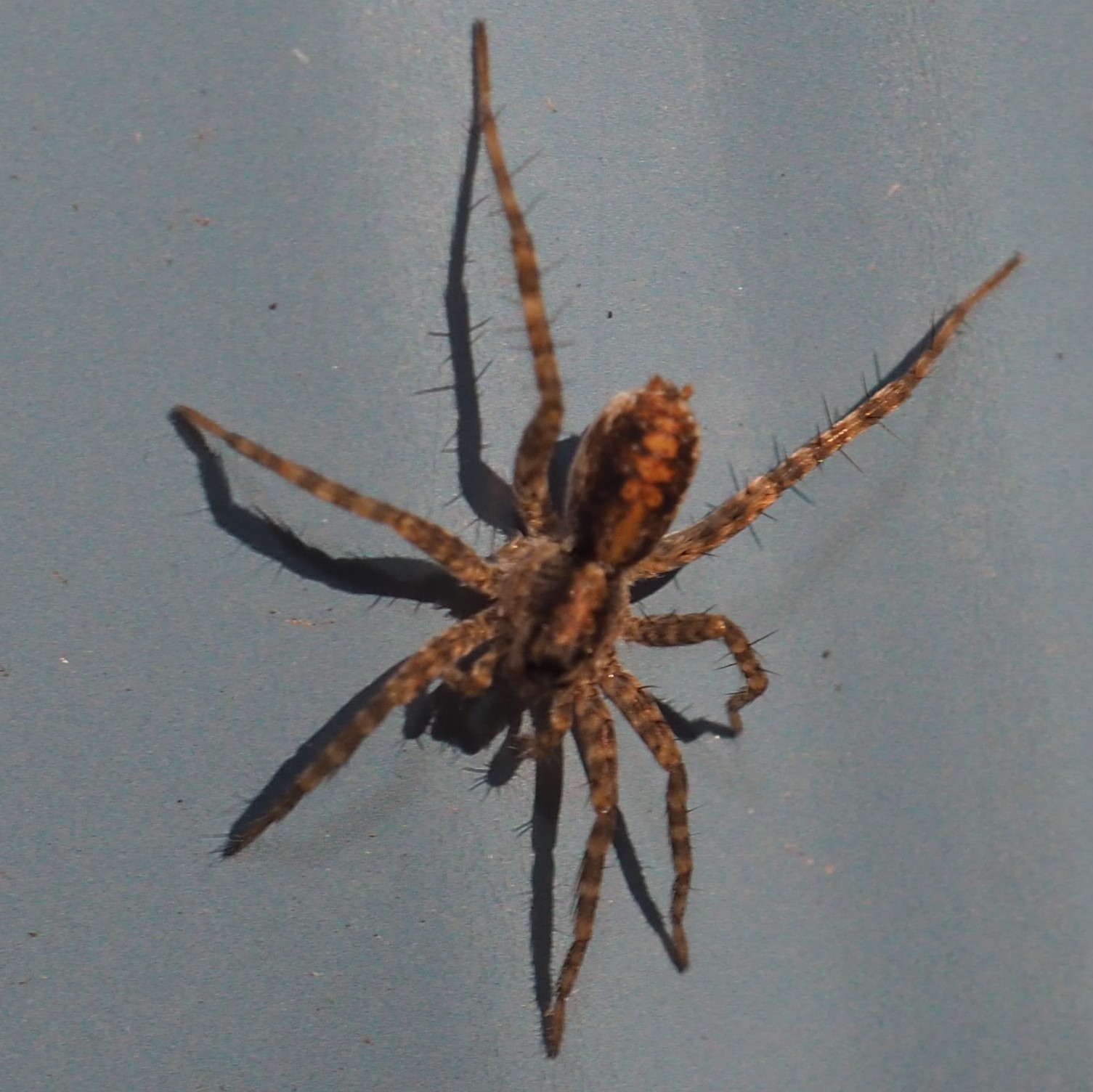
I wasn't going to put together this blog since there were relatively fewer creatures out there, but when I saw this one, I just had to show it to you. This is a Spider that I have never seen except in the winter. It is a Green Long-jawed Spider, Tetragnatha viridis. I don't even know what counts as a jaw on this gorgeous creature, but every part of its anatomy seems to be longer than in most Spiders. Even its front two pairs of legs are extremely long. In the middle picture, you can see the eyes arranged in two rows of four.
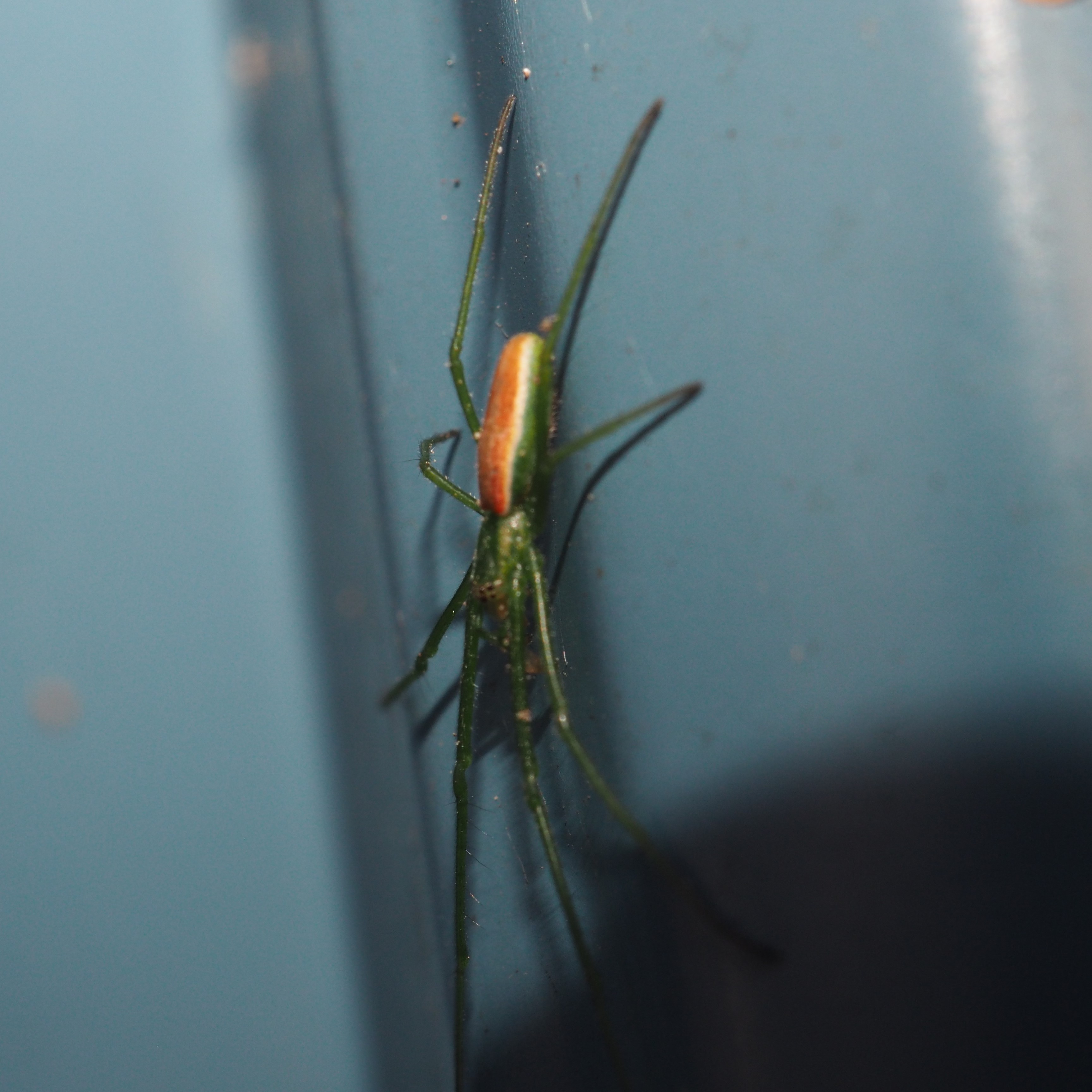


This Wasp always seems familiar although I can't ever remember where I've seen it before. It is called Ichneumon annulatorius, because of the rings around its abdomen, I suppose. But it is always a surprise to see it again. The last time was July 22 of this year, and before that, August of 2019. Look how different they are. The one with the red abdomen and yellow spot on its thorax also has those twitchy antennae. It is the female, and the one I saw this week is the male! The female isn't extending her ovipositor in these pictures.
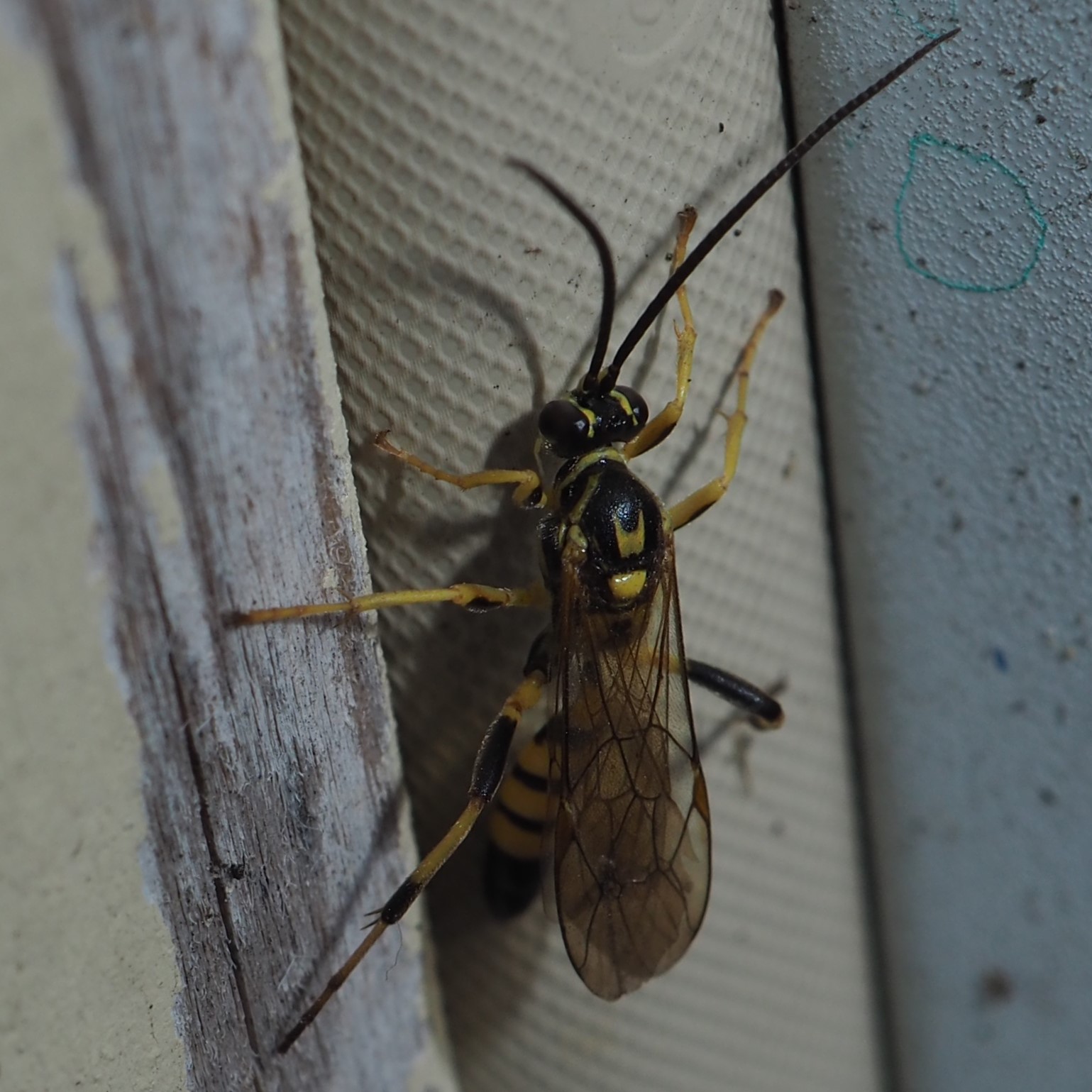
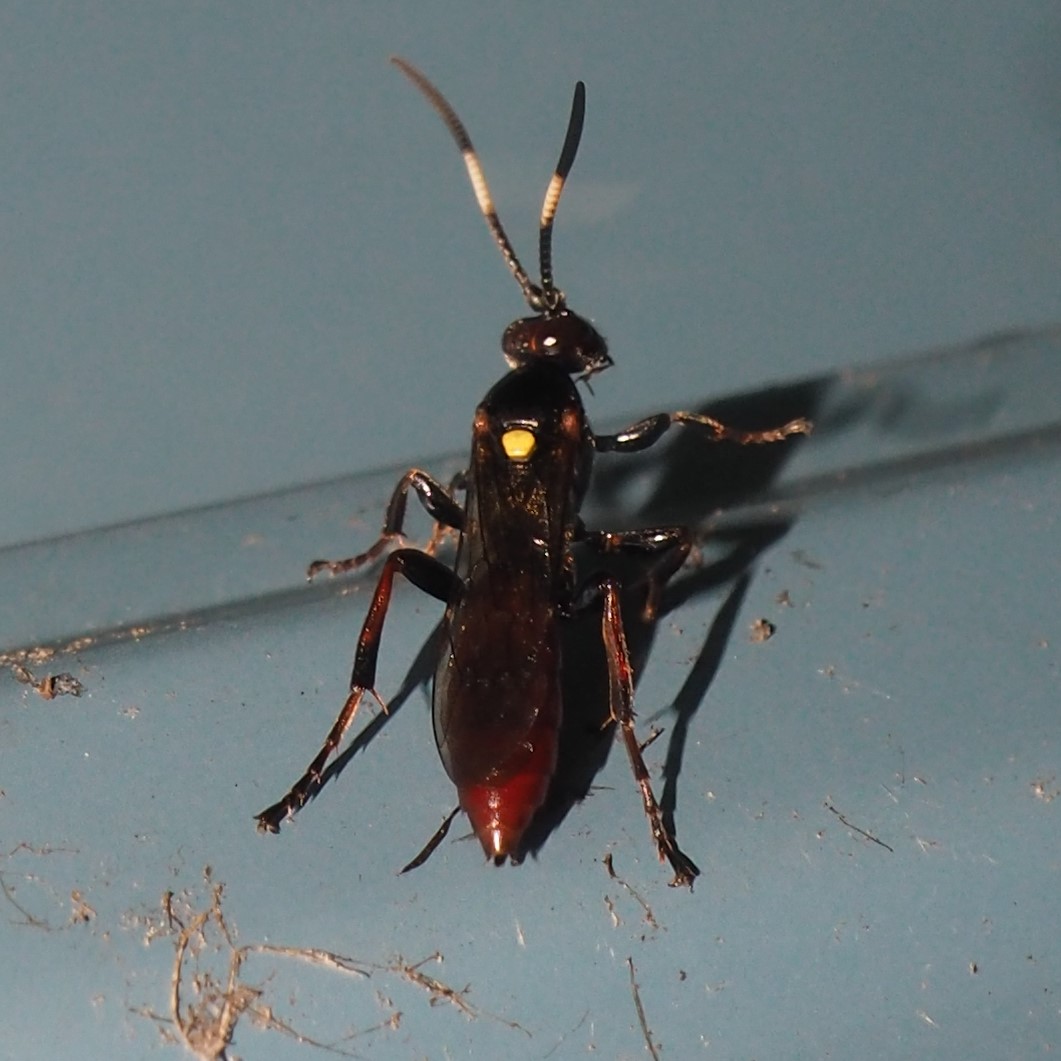
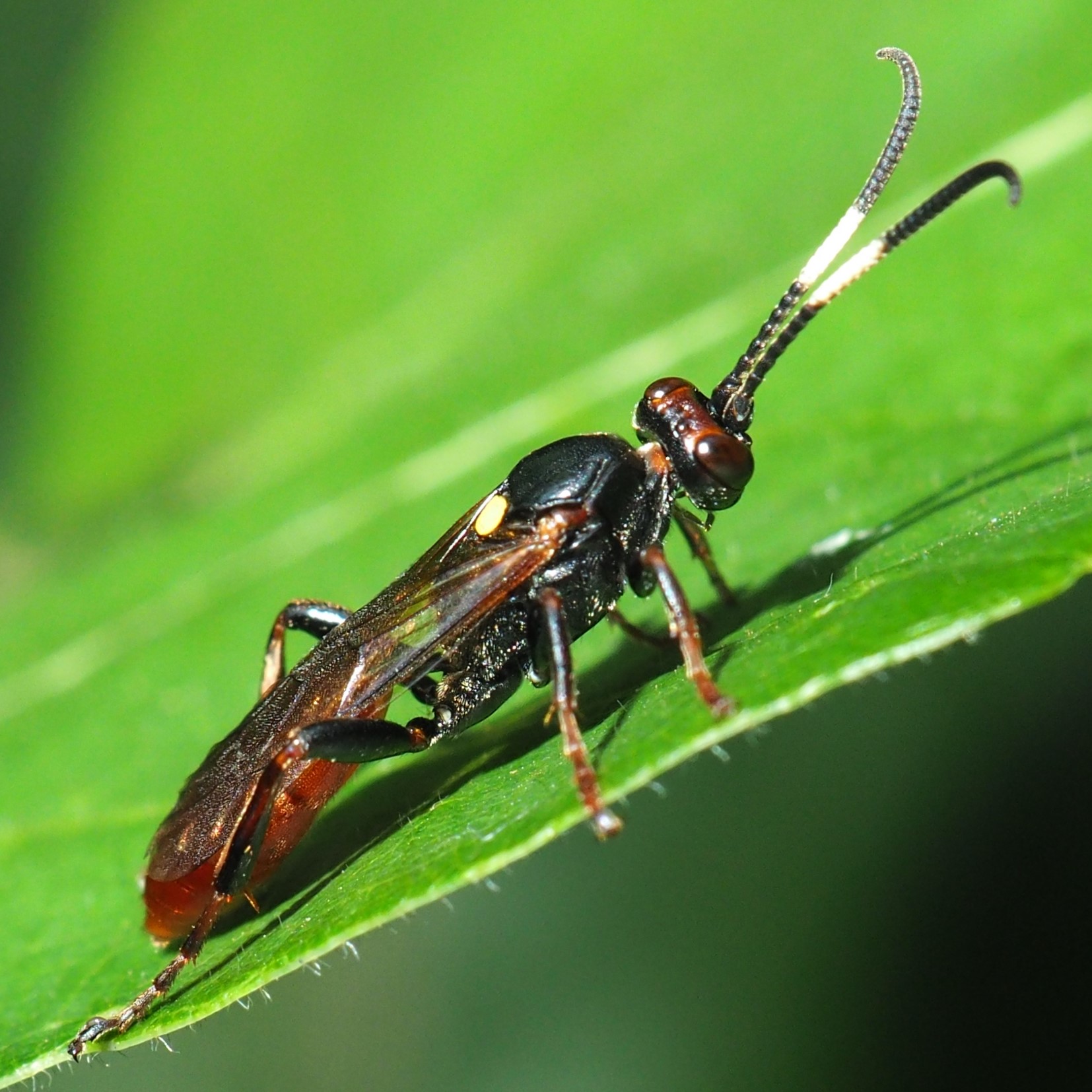
Just a few more pictures before we say goodbye for the week. The Euonymus' berries are still waiting for when some winter birds come for brunch. Then the pond, which was lightly frozen over this morning except for the area near the little floating heater.
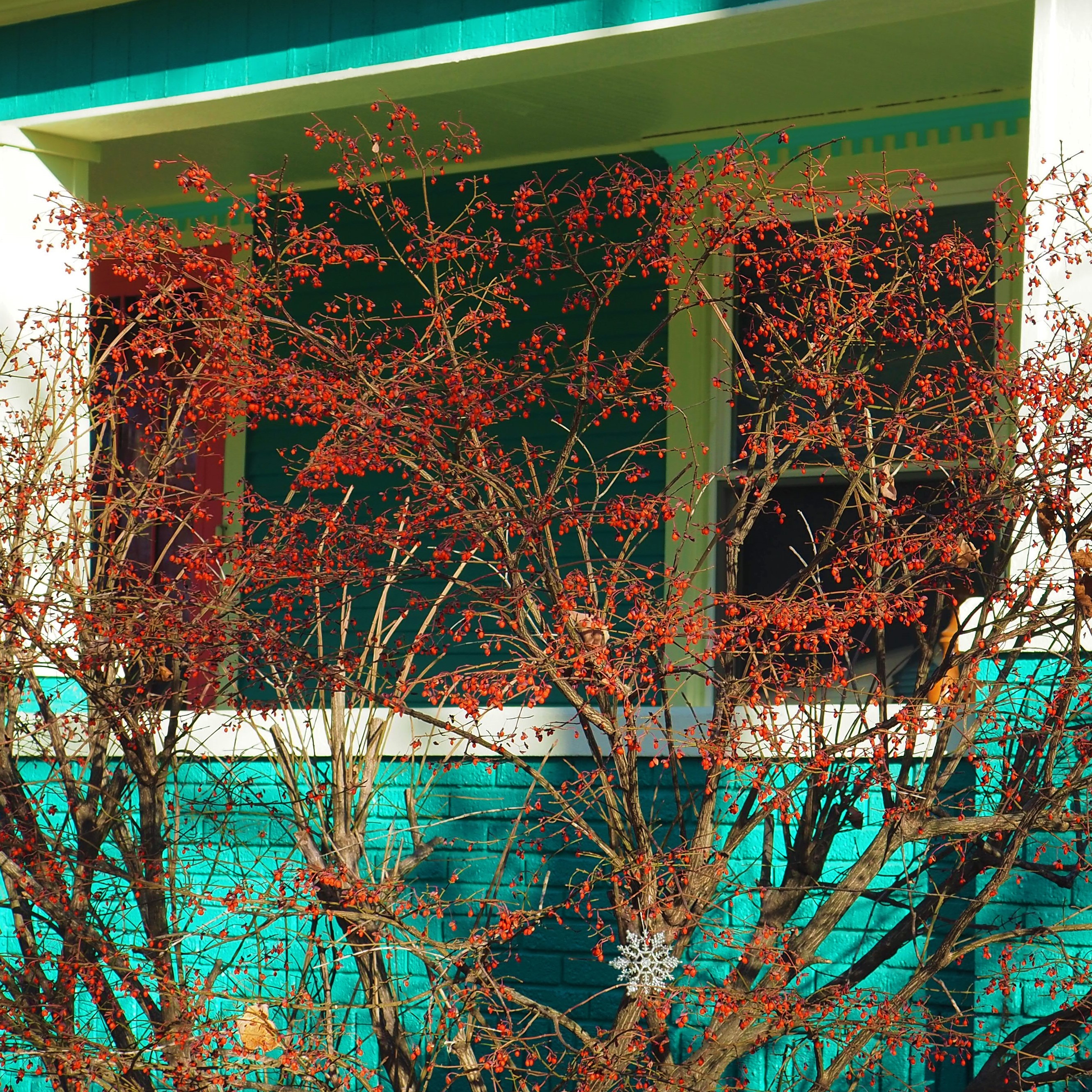
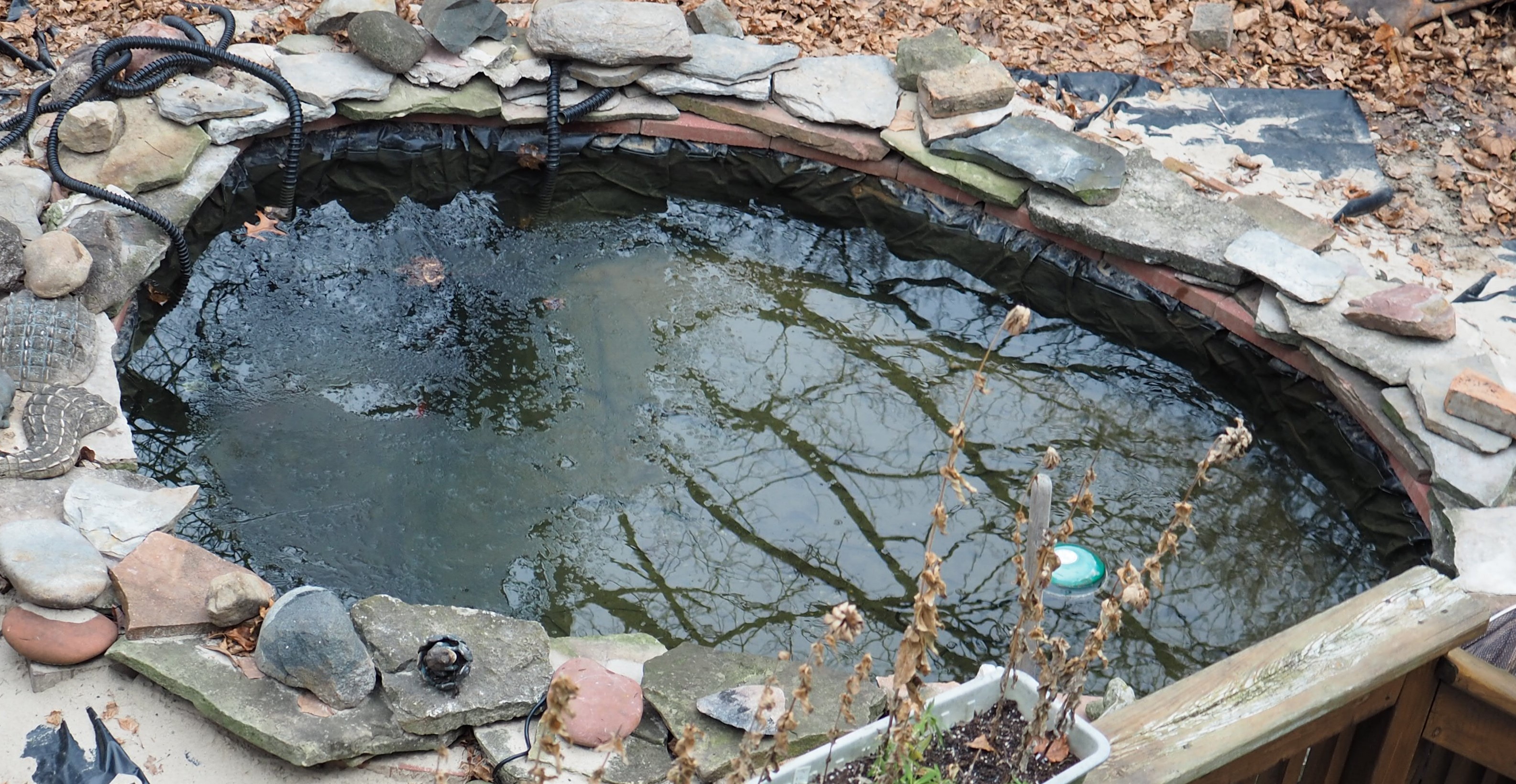
The winter has begun and will now continue in its usual paces. We must all admire our planet who is still trying to muddle through, and those who are devoted to her preservation. I admire all those who care about our community too, and who are capable of coming together and take care of each other. Thanks to all of you for your friendship. Good news seems to be coming through the ether: A few vaccines have been and are being developed and hopefully will be coming soon to the health workers who have helped so many through the pandemic. Then to the rest of us! Hang in there, comrades!
Love, Martha
Back to November 29, 2020
Forward to December 13, 2020
Back to main menu
copyright Martha O'Kennon 2020











































